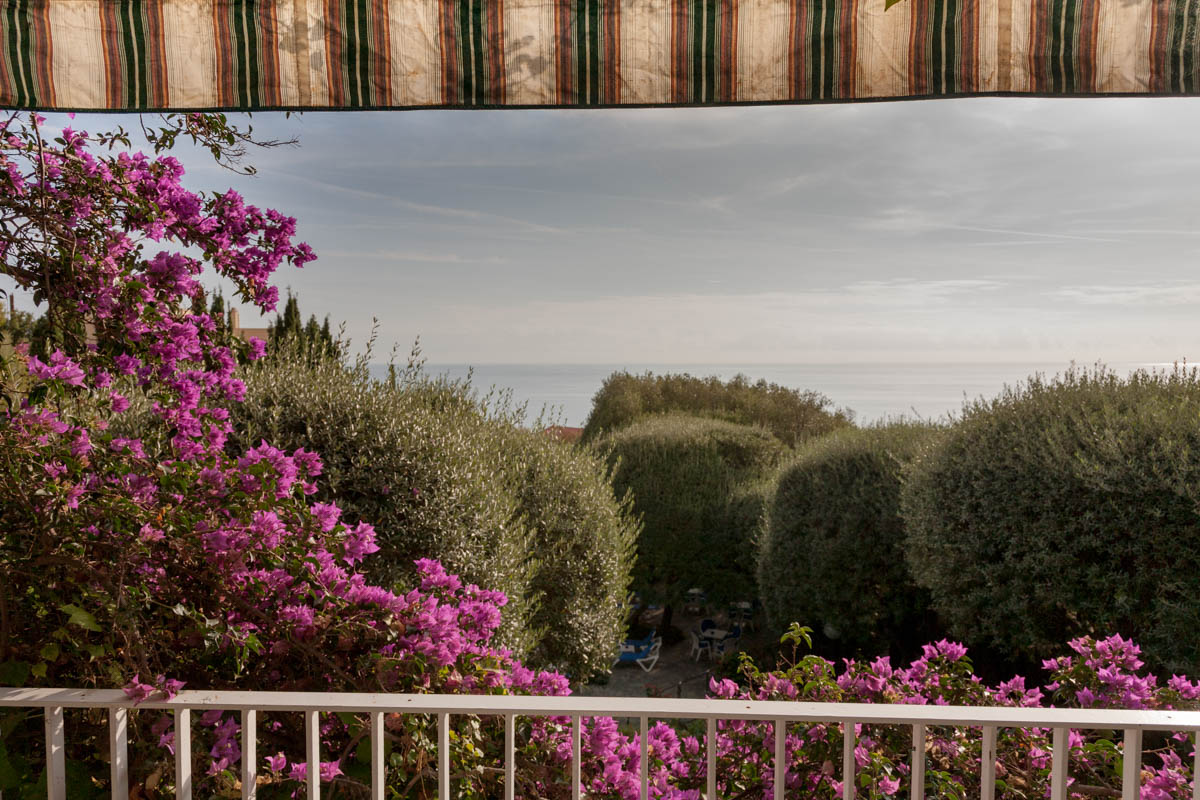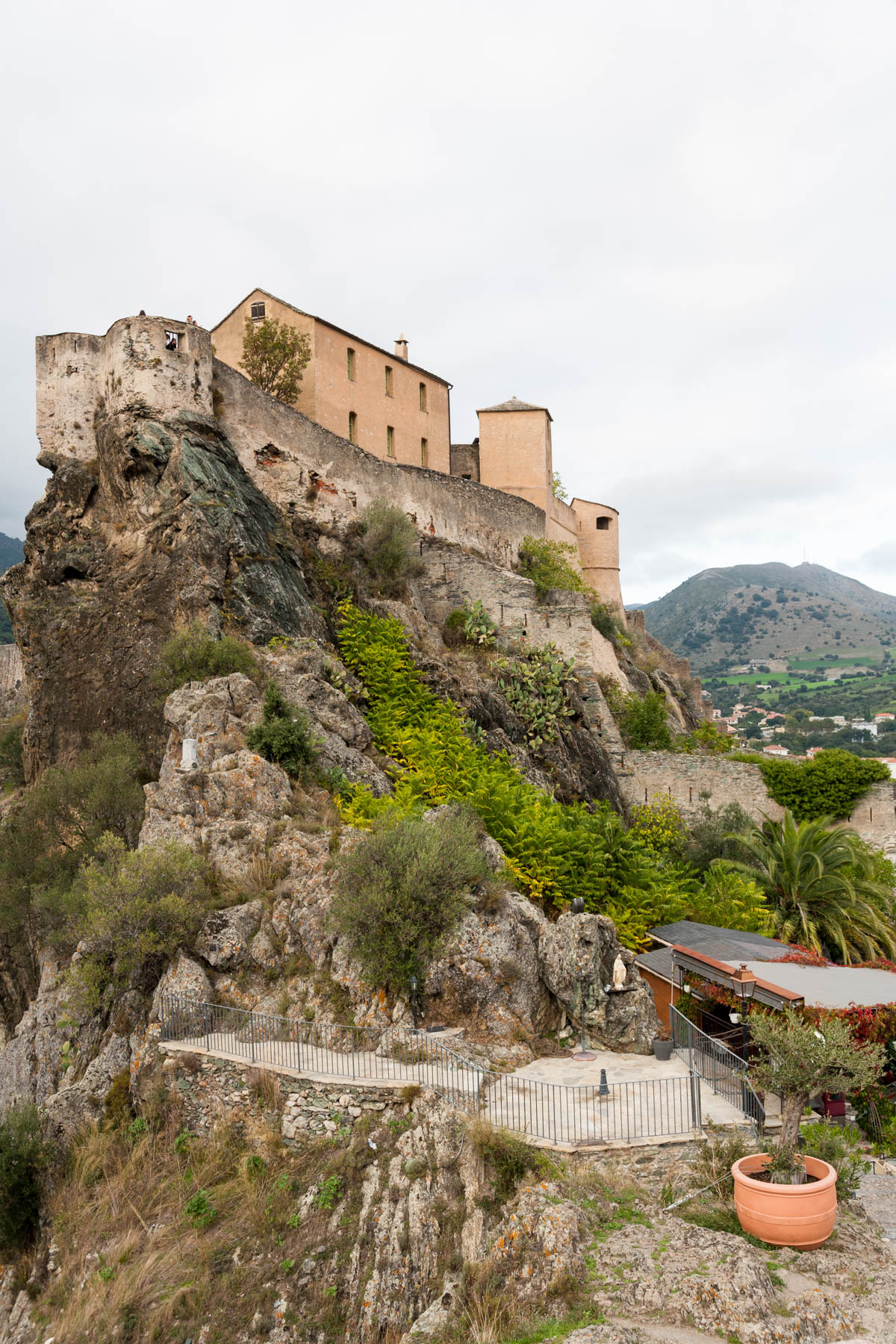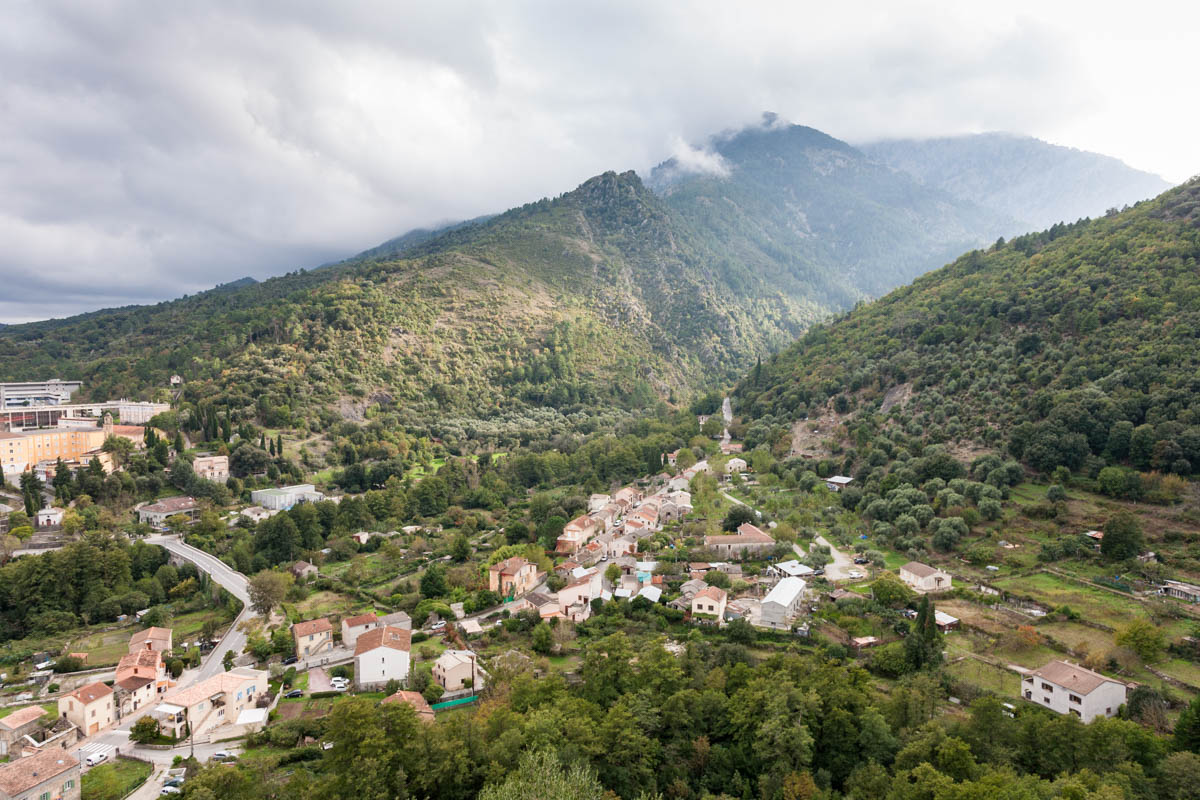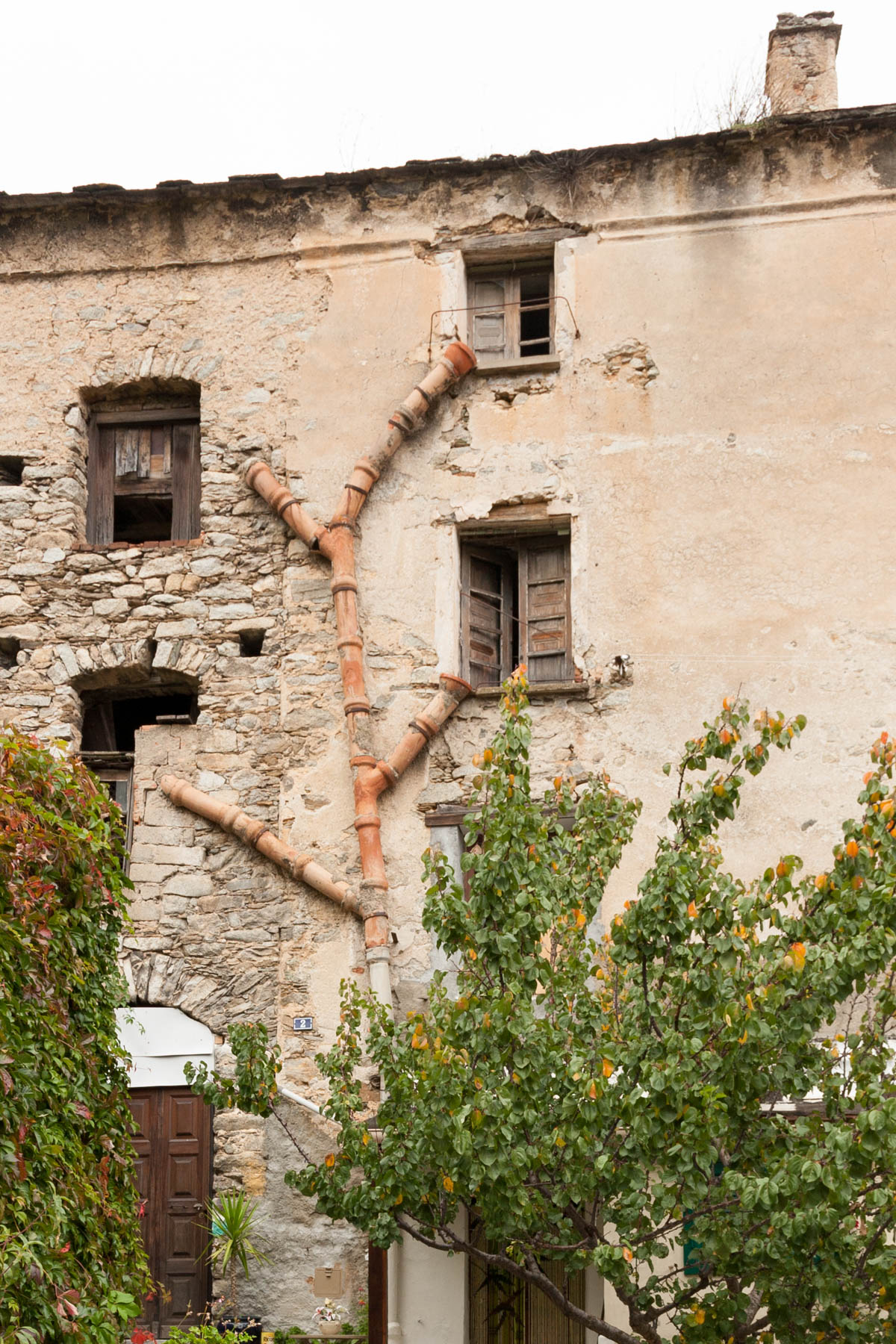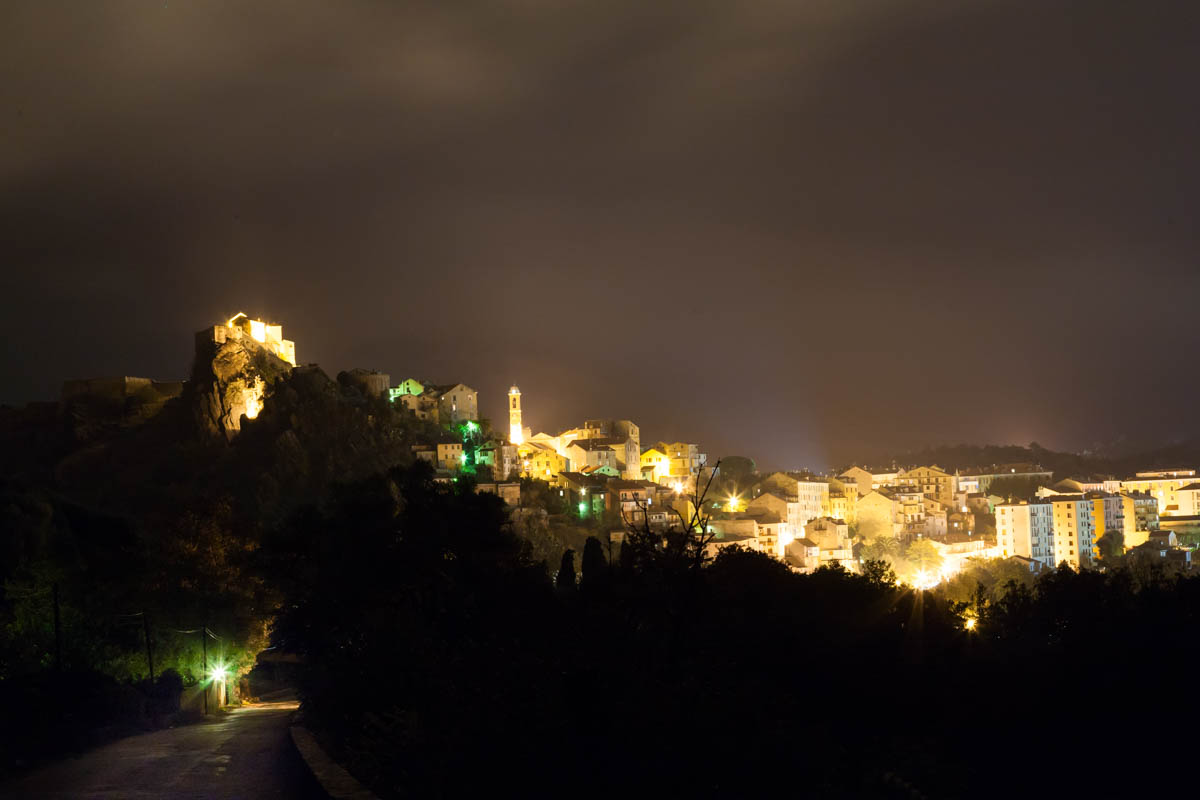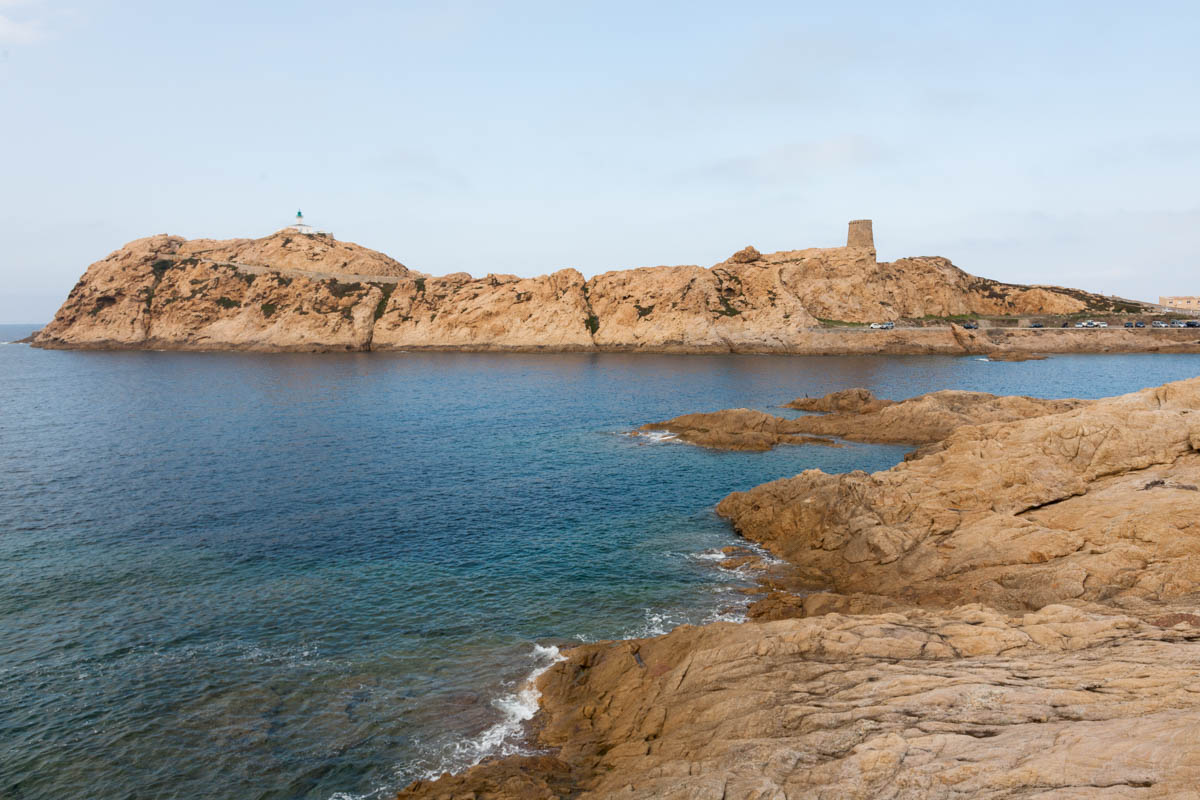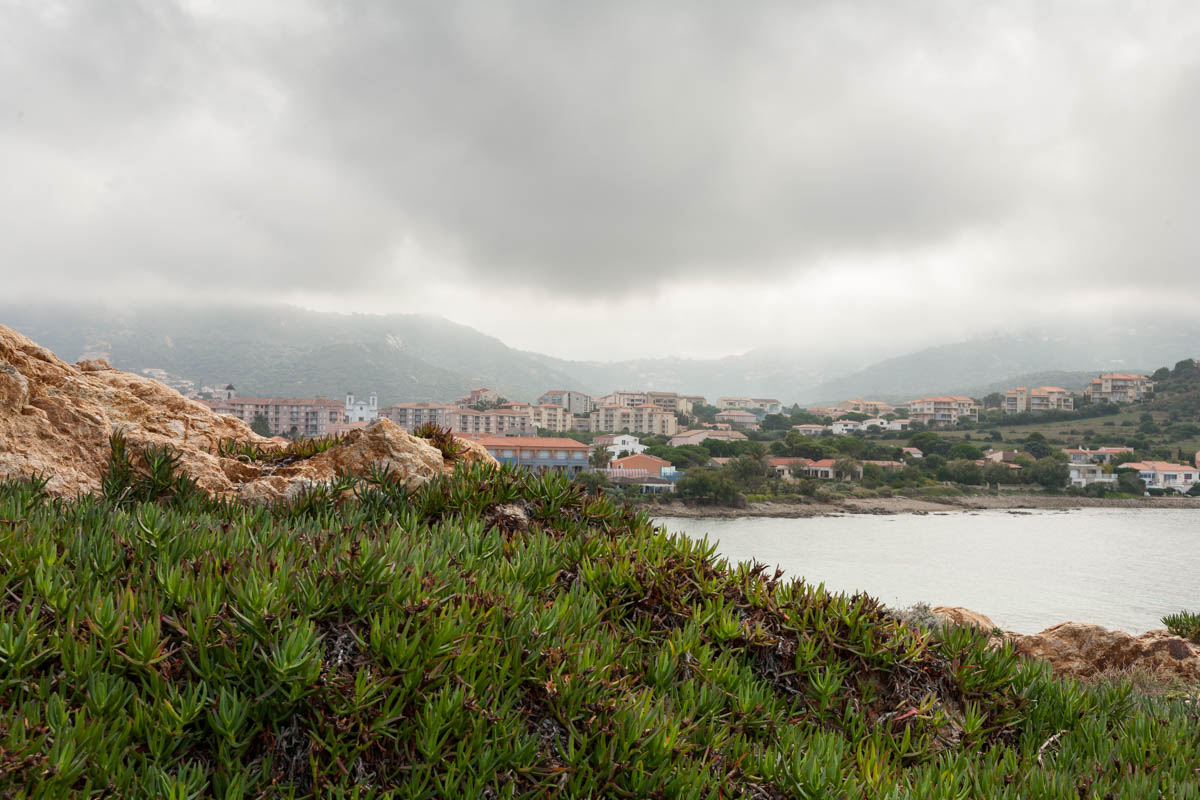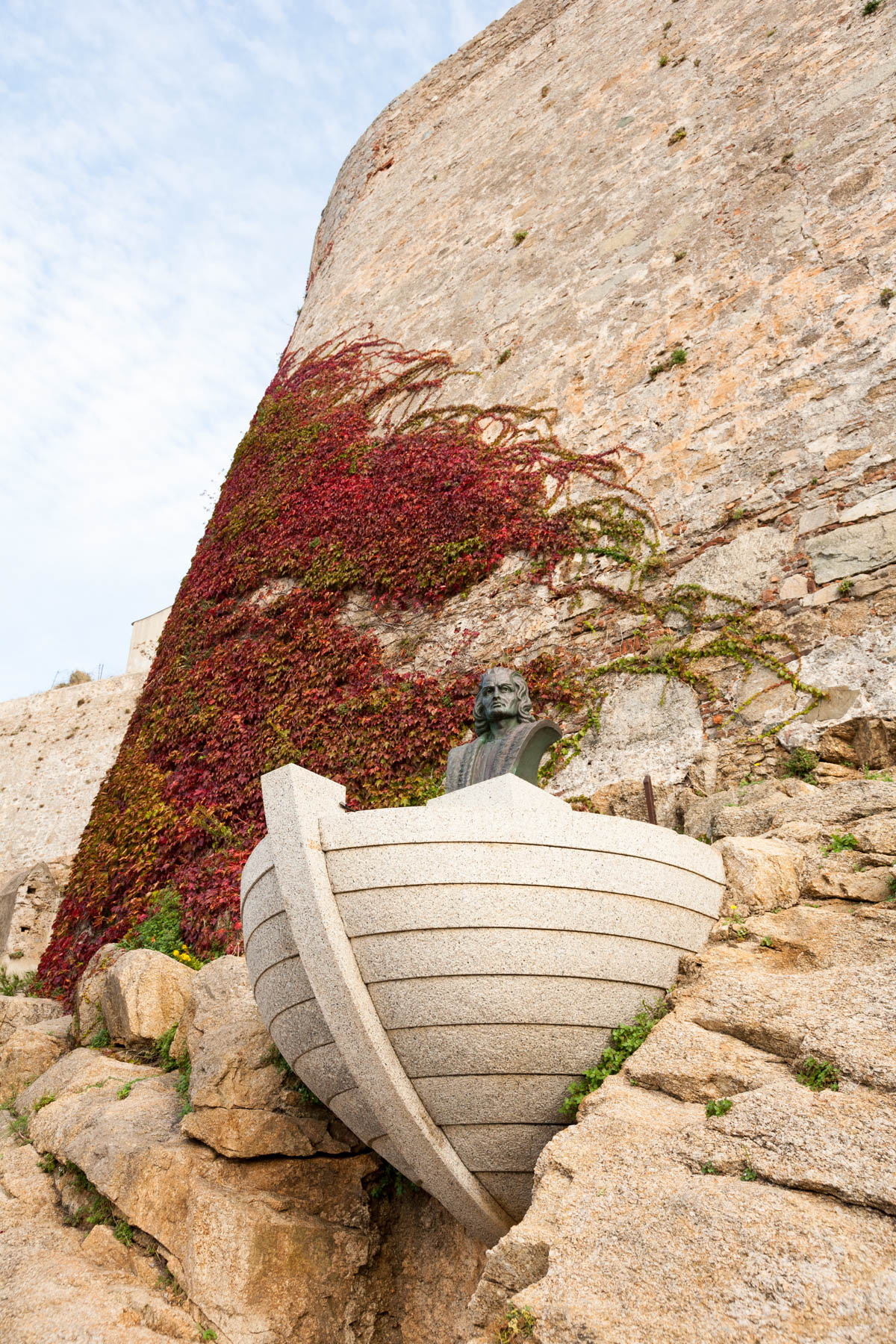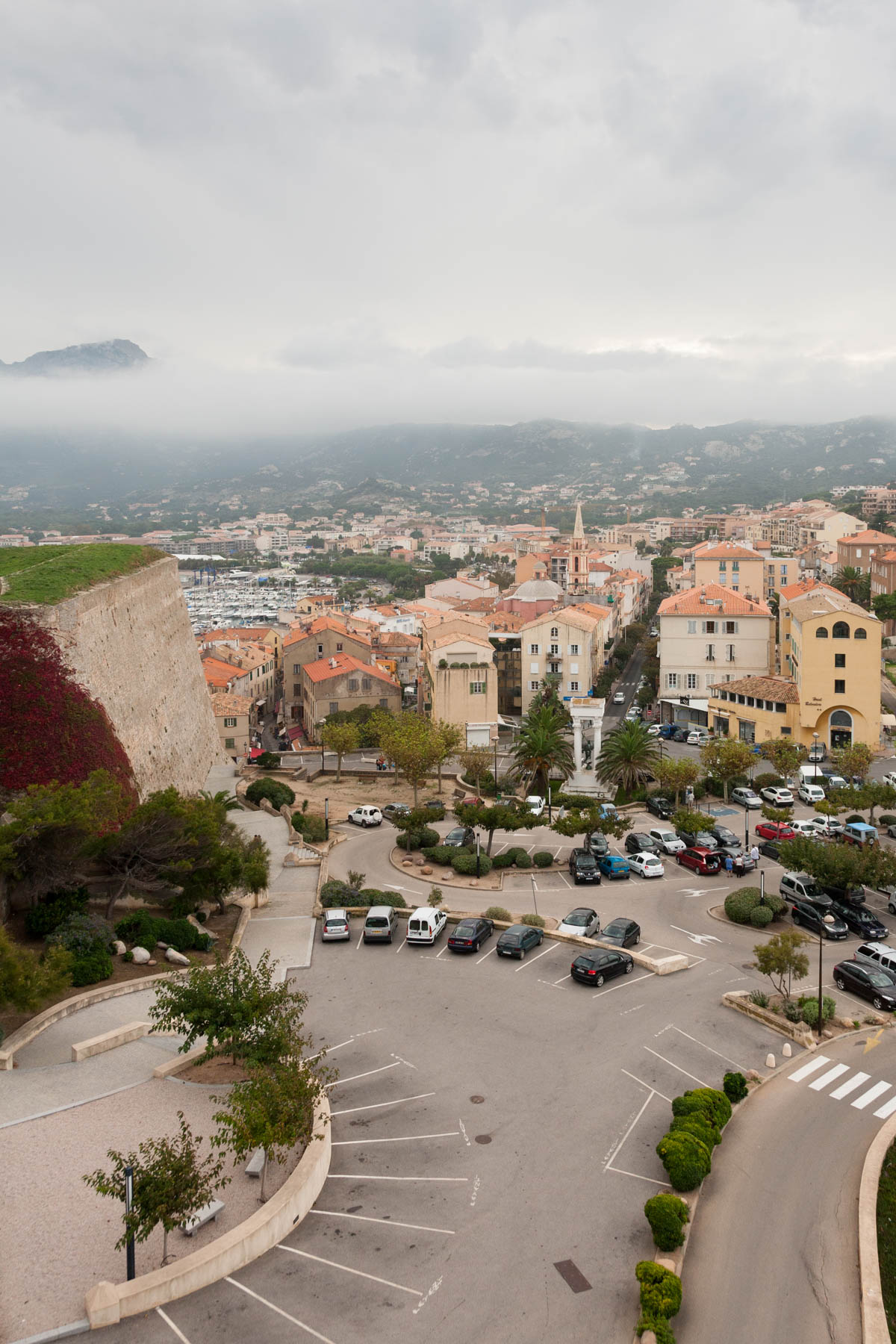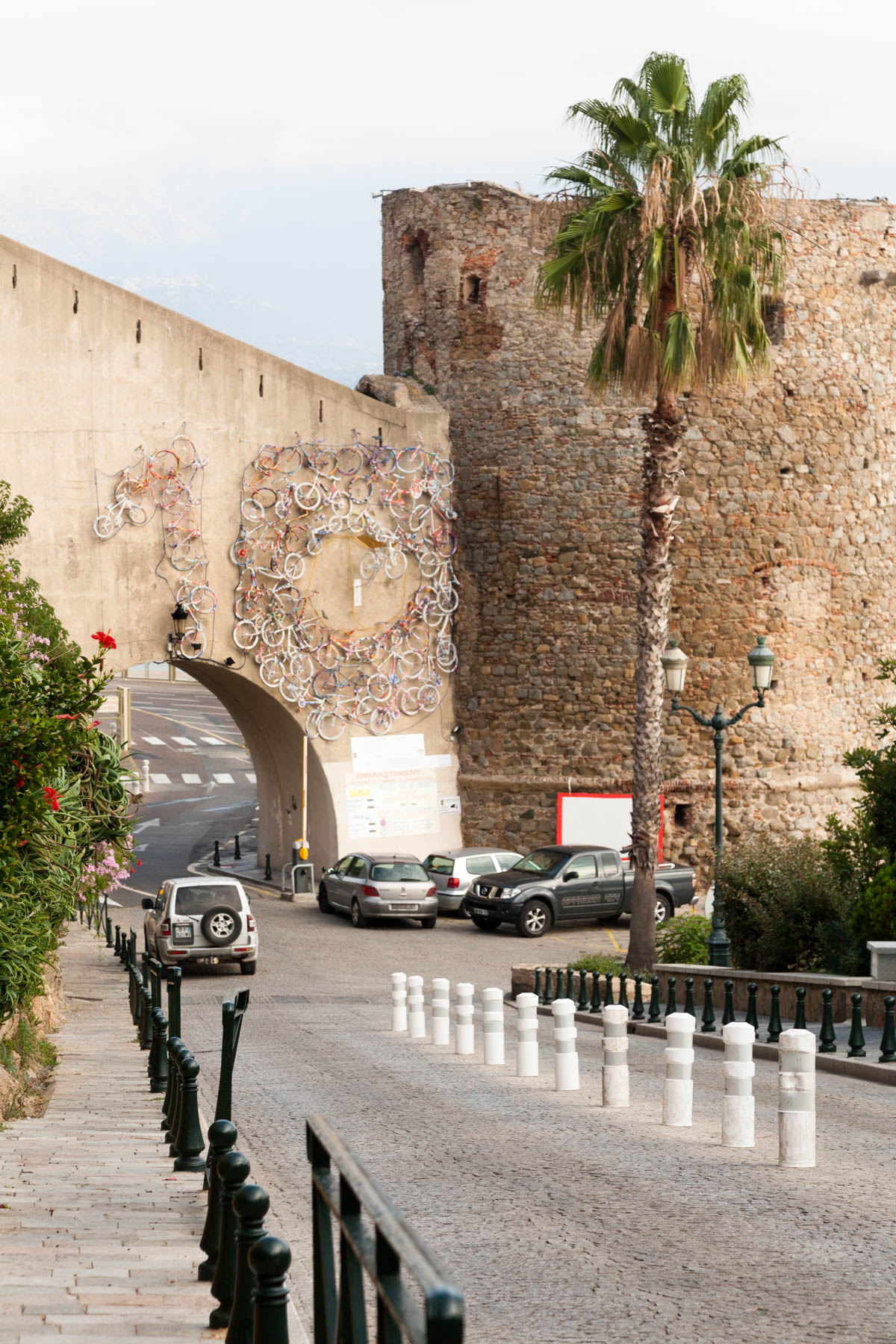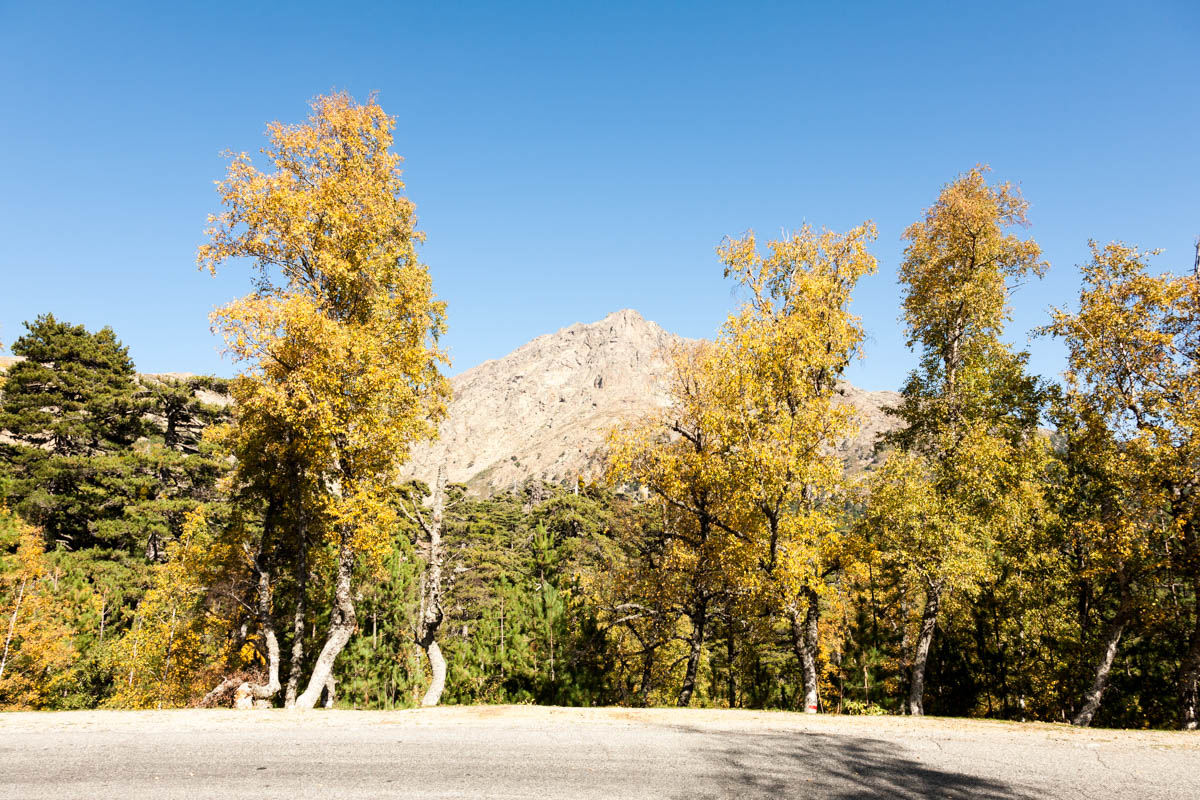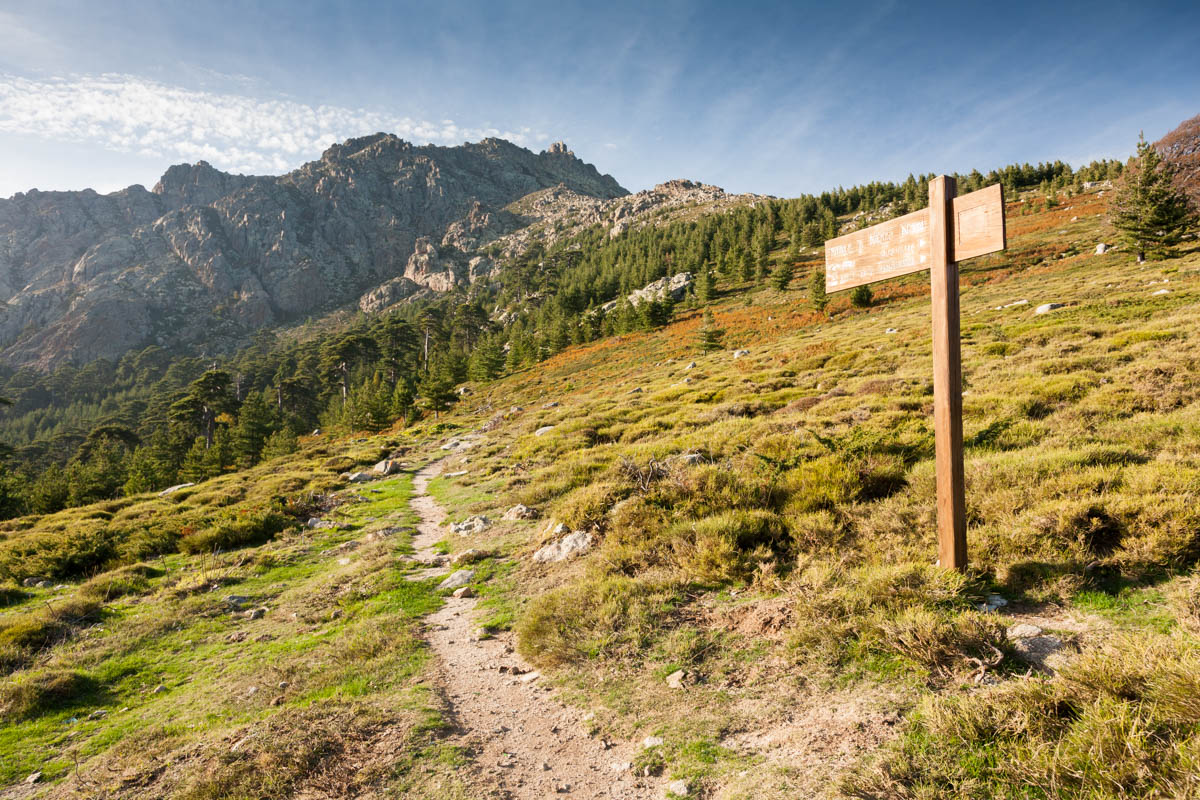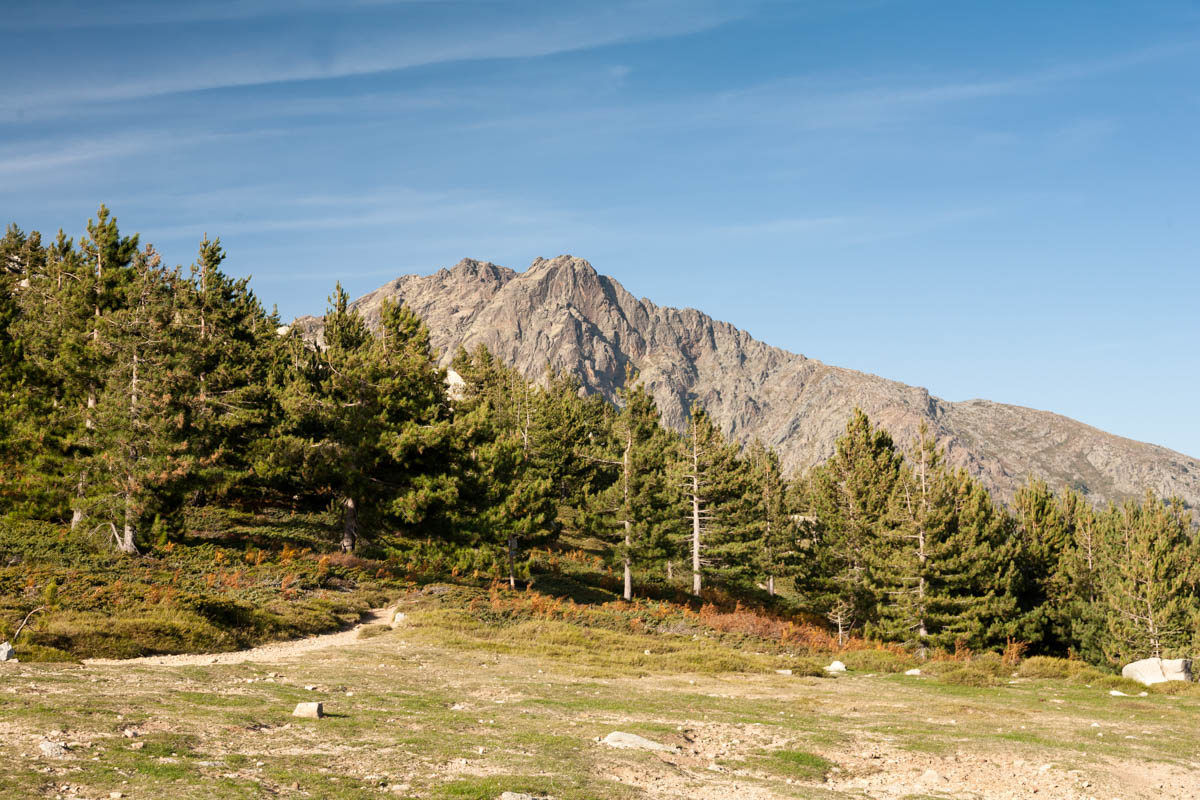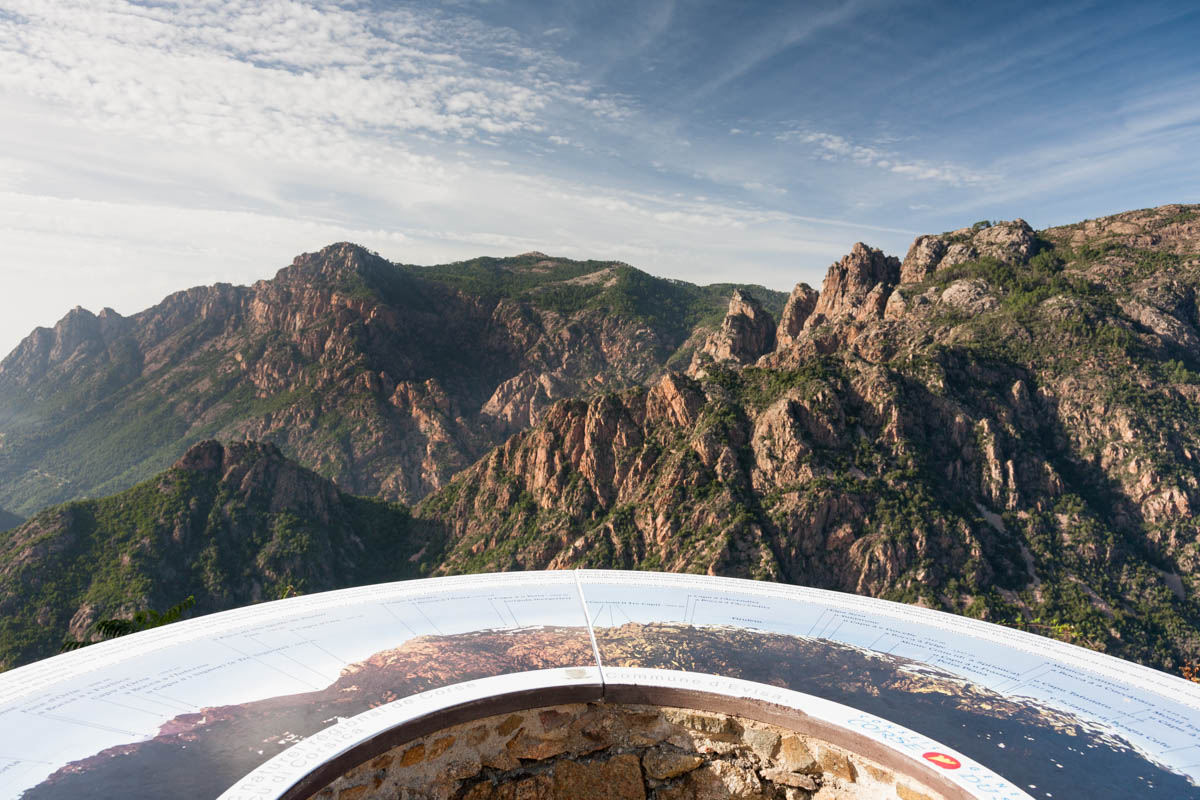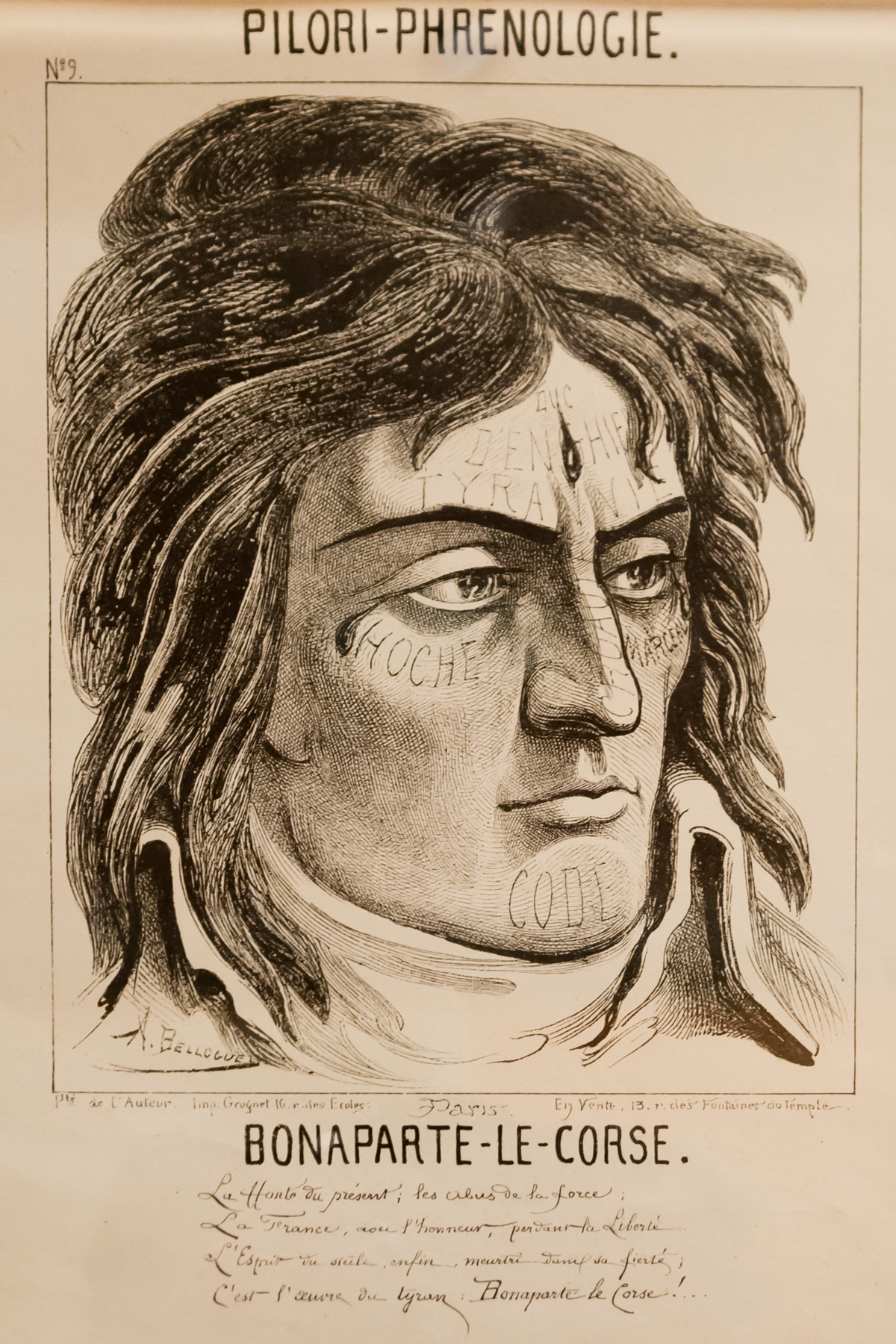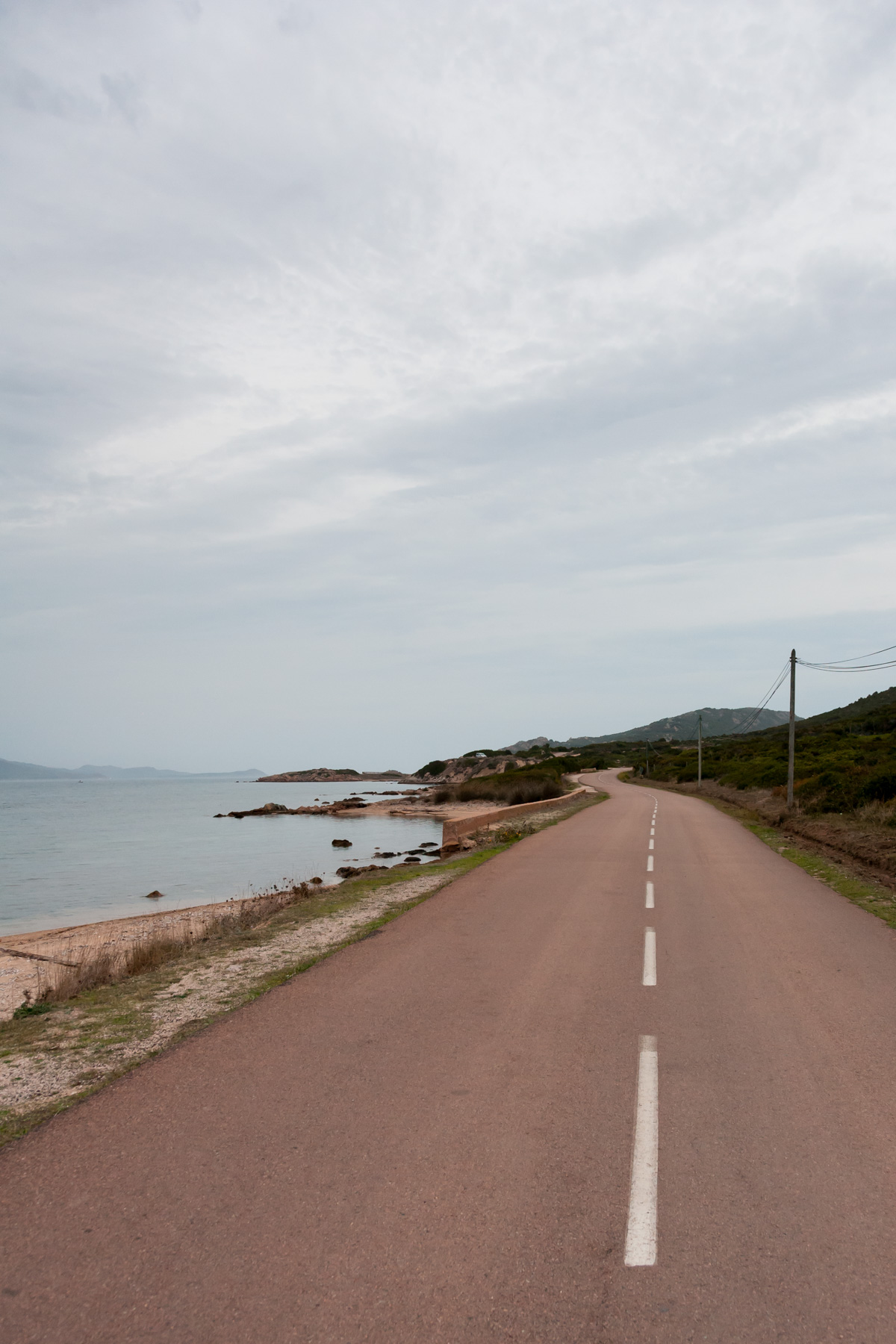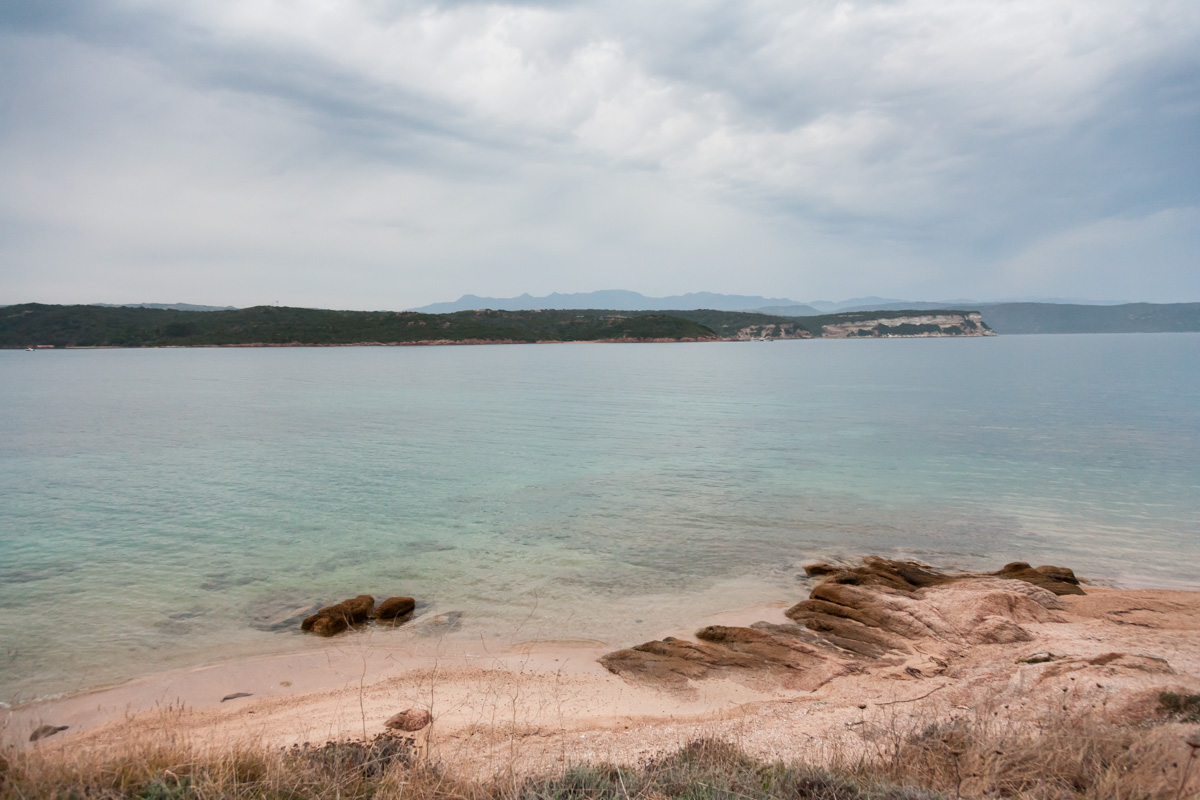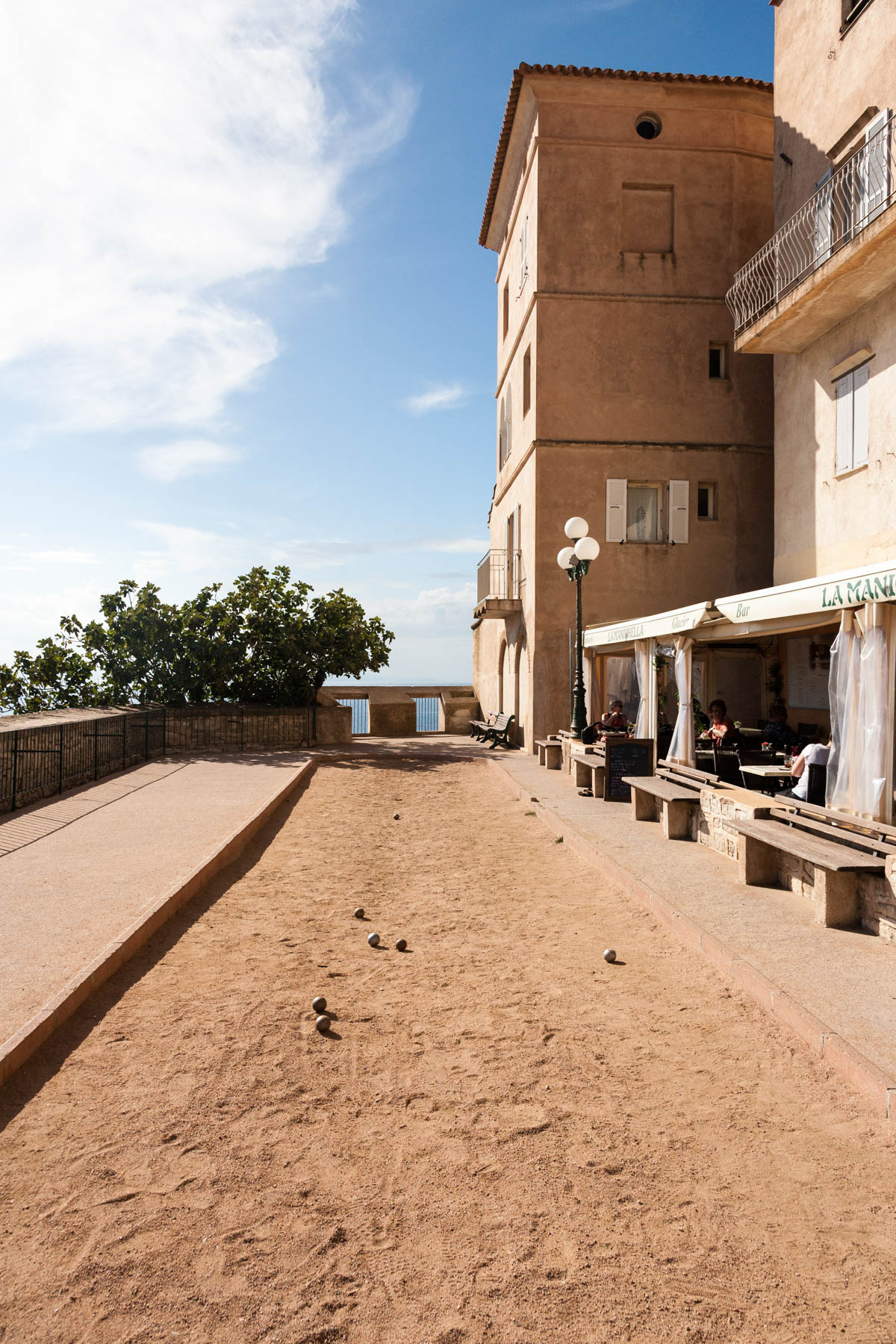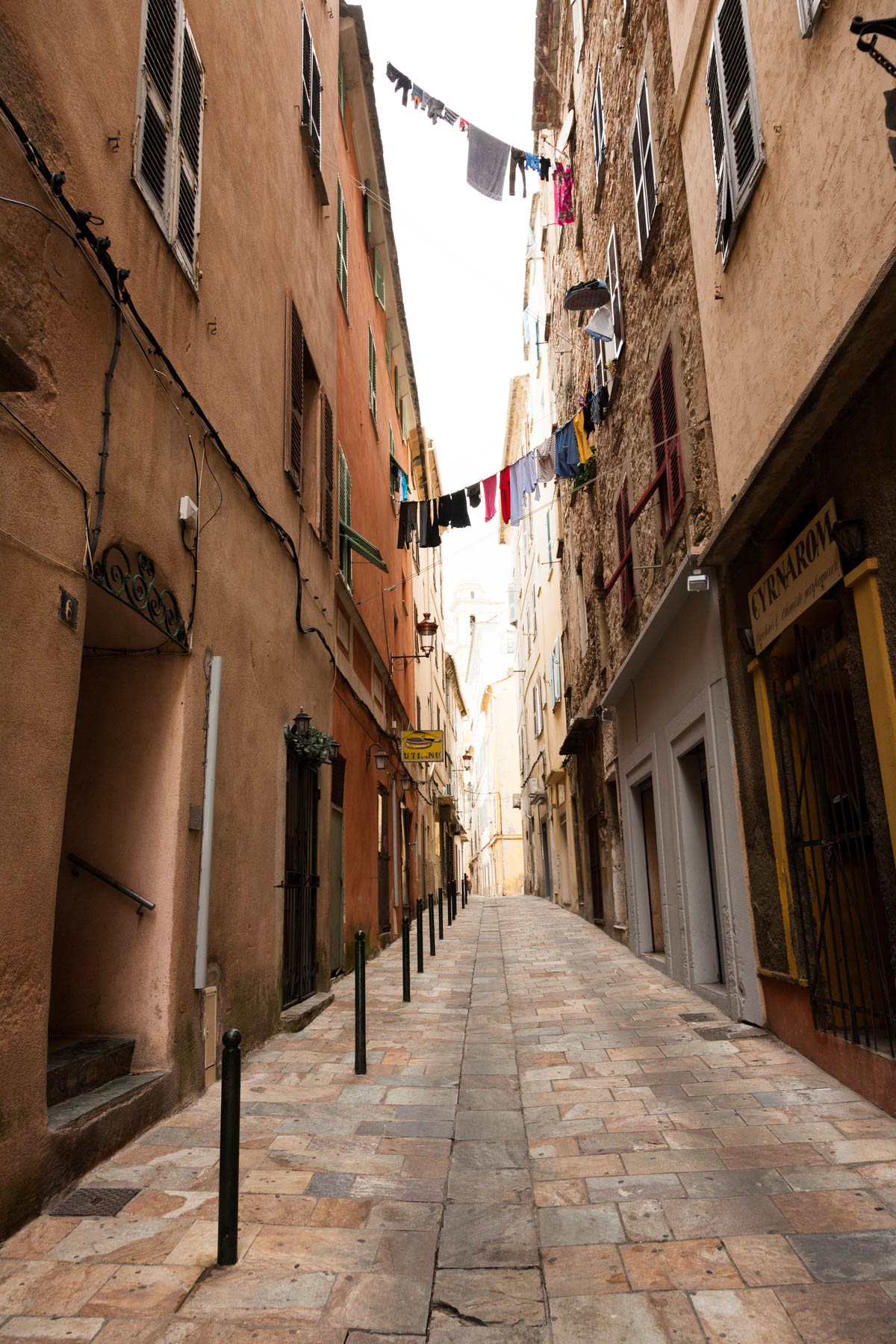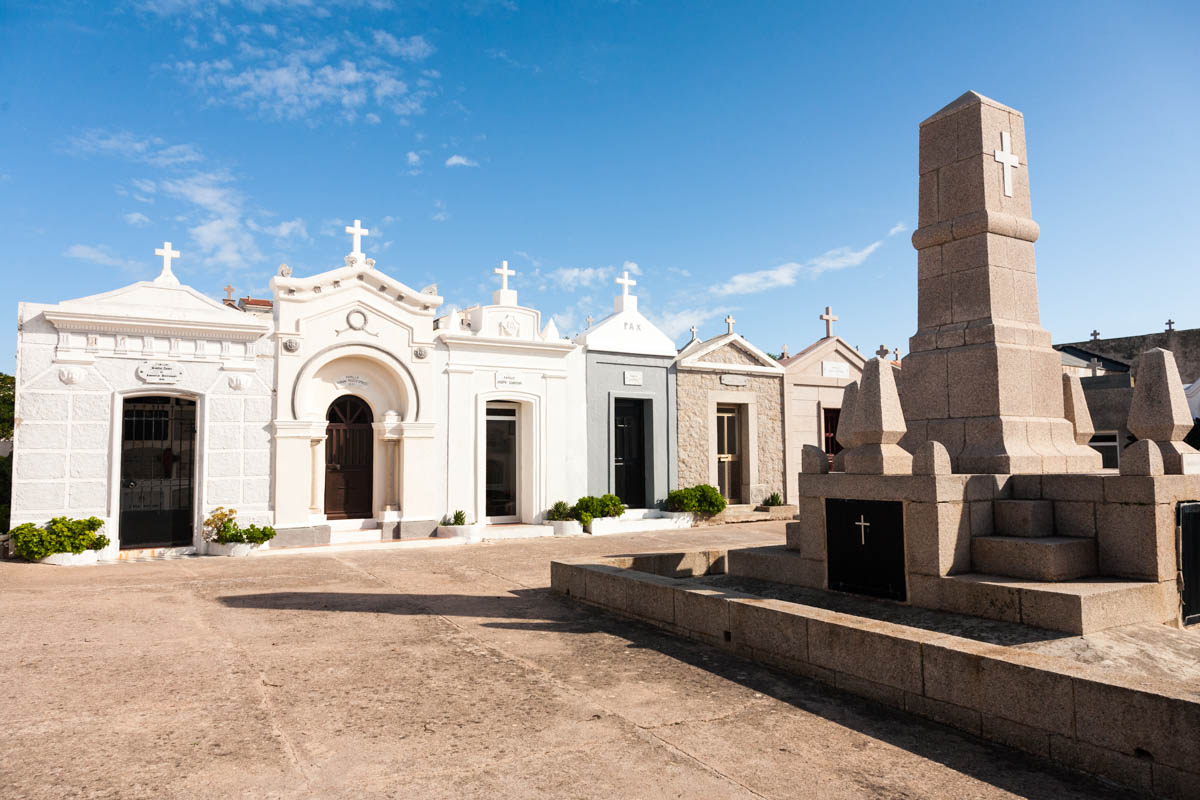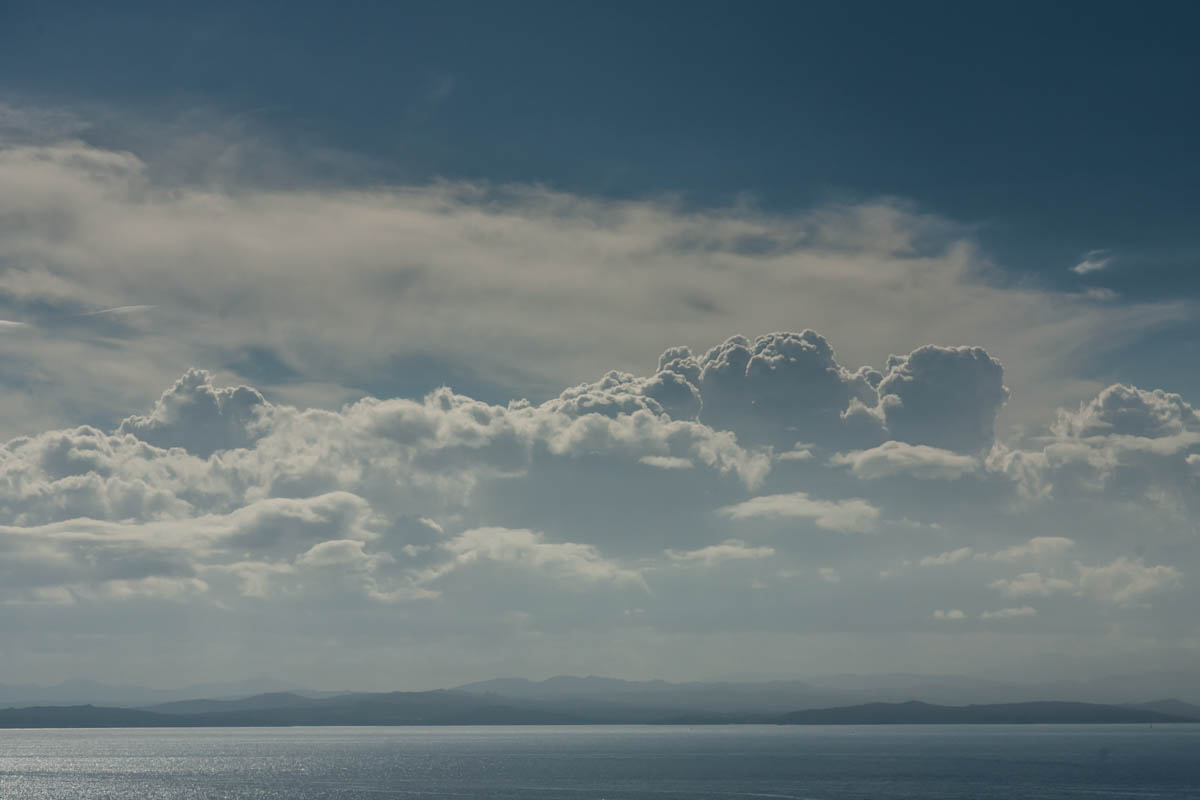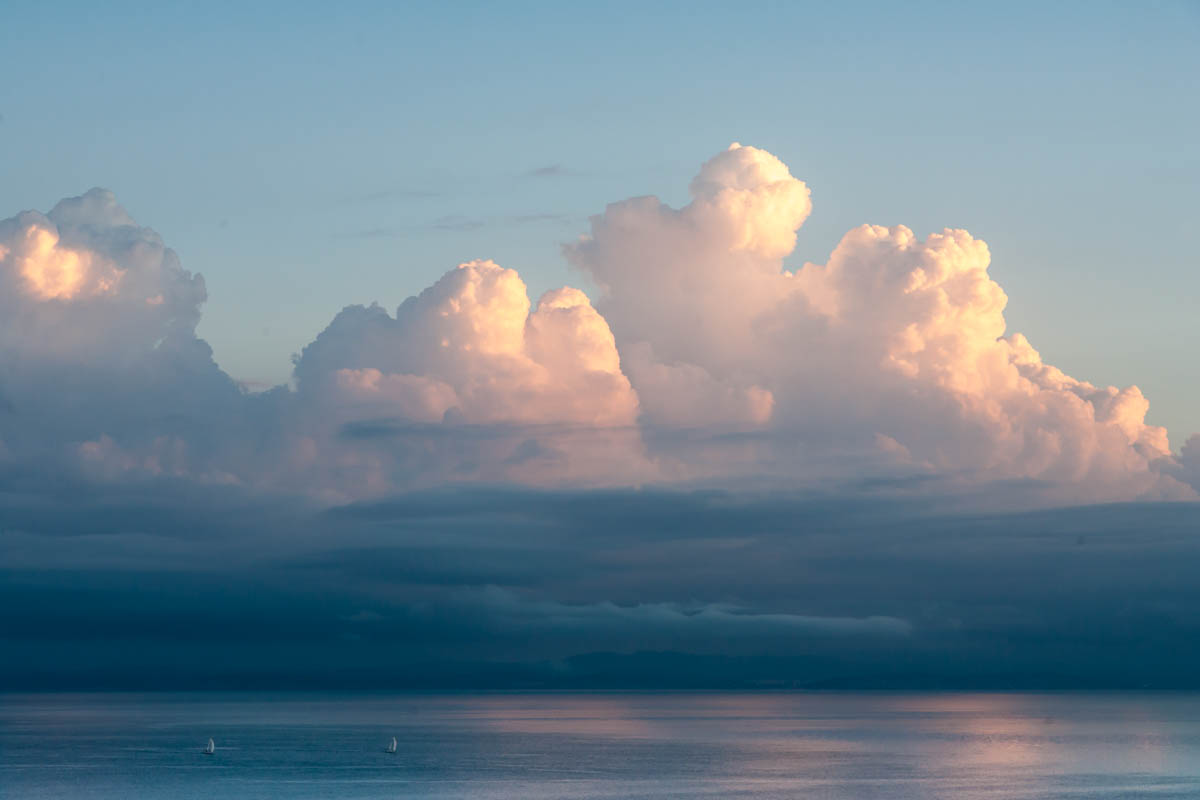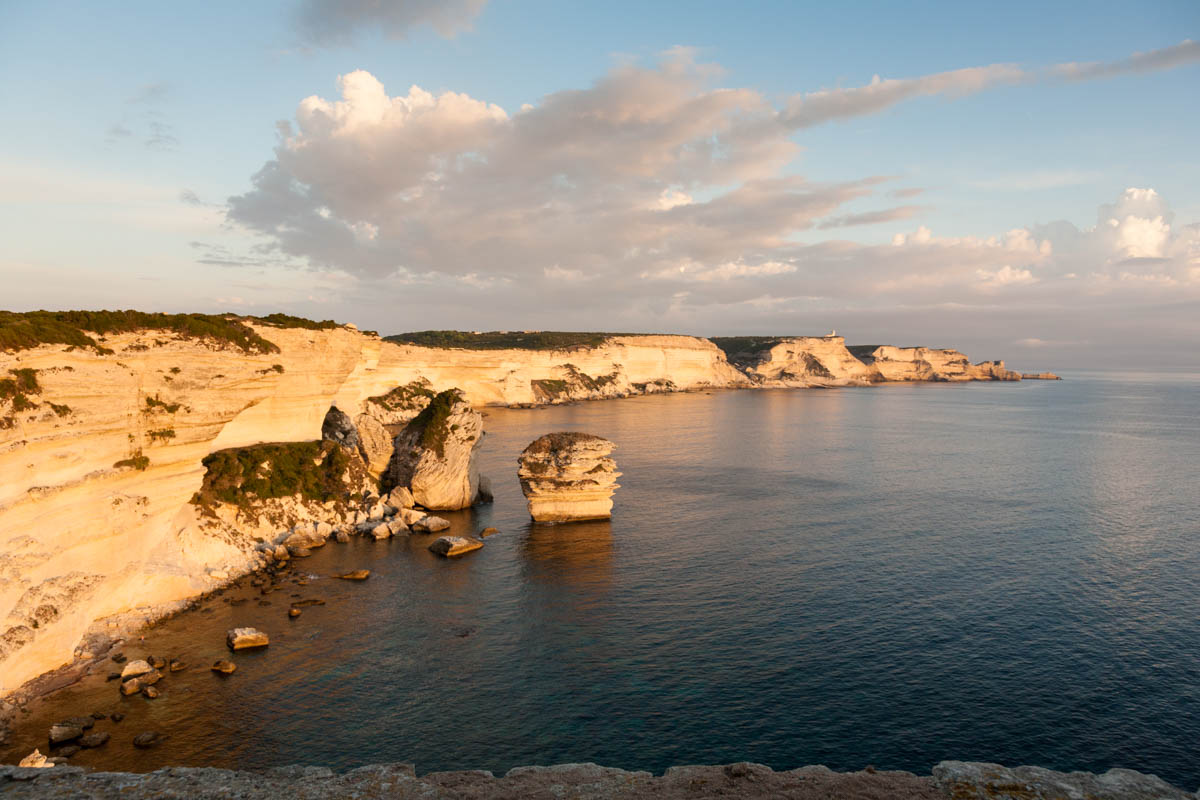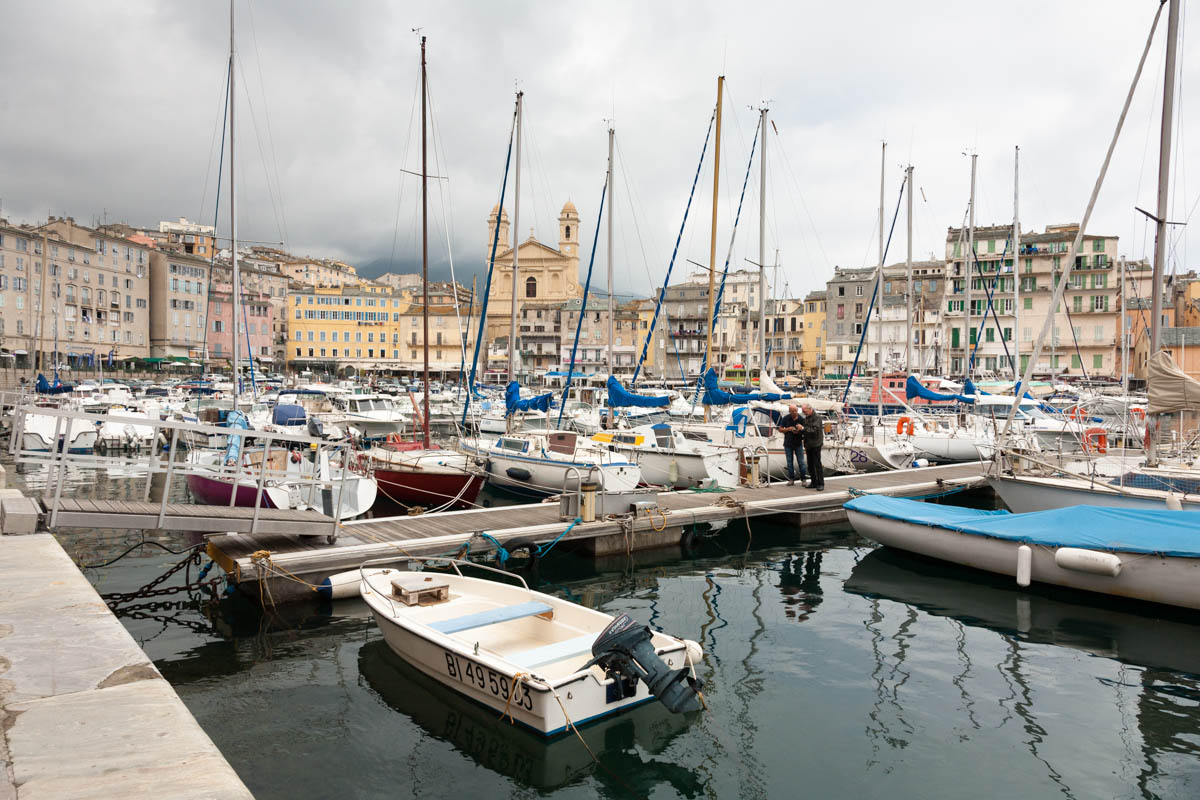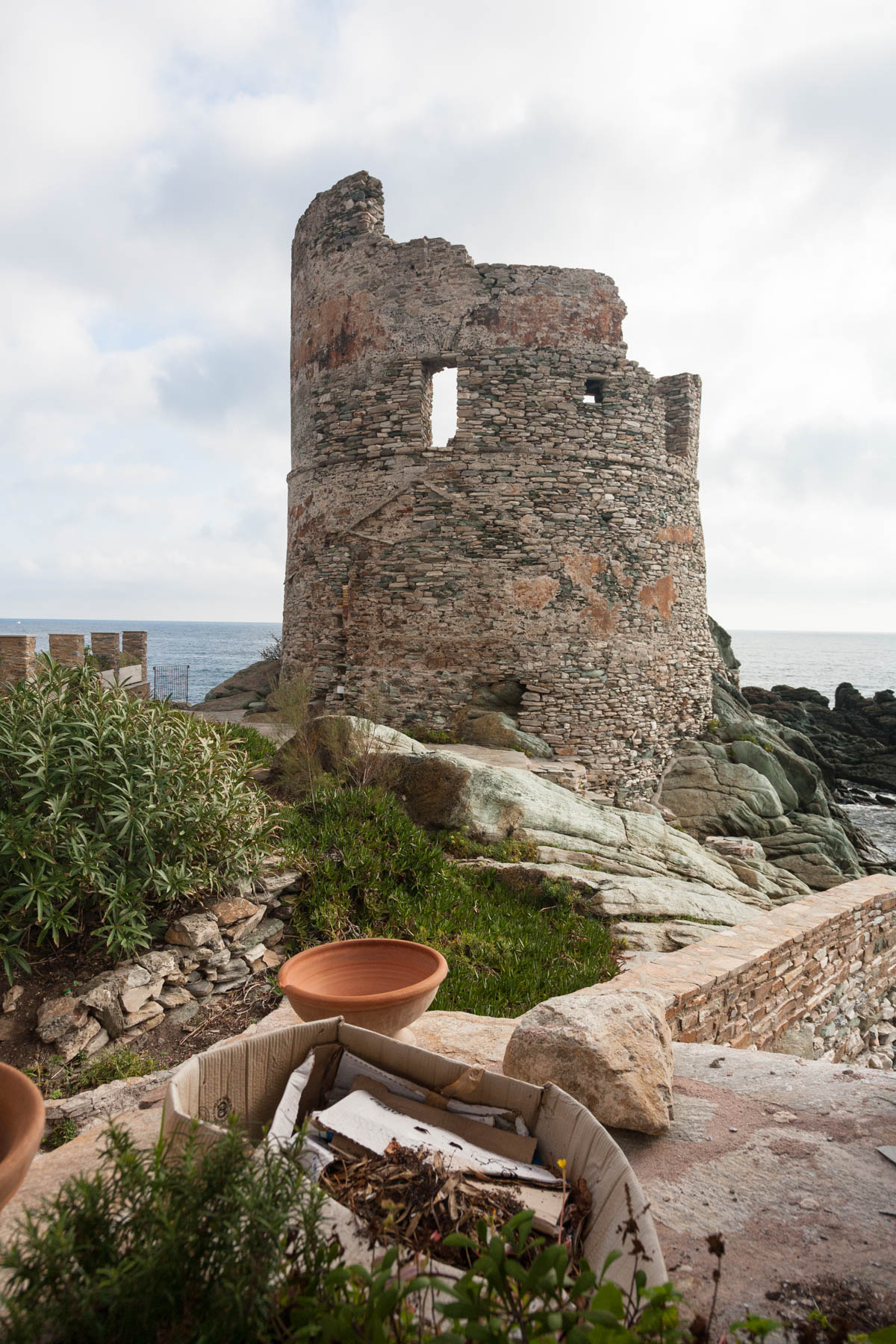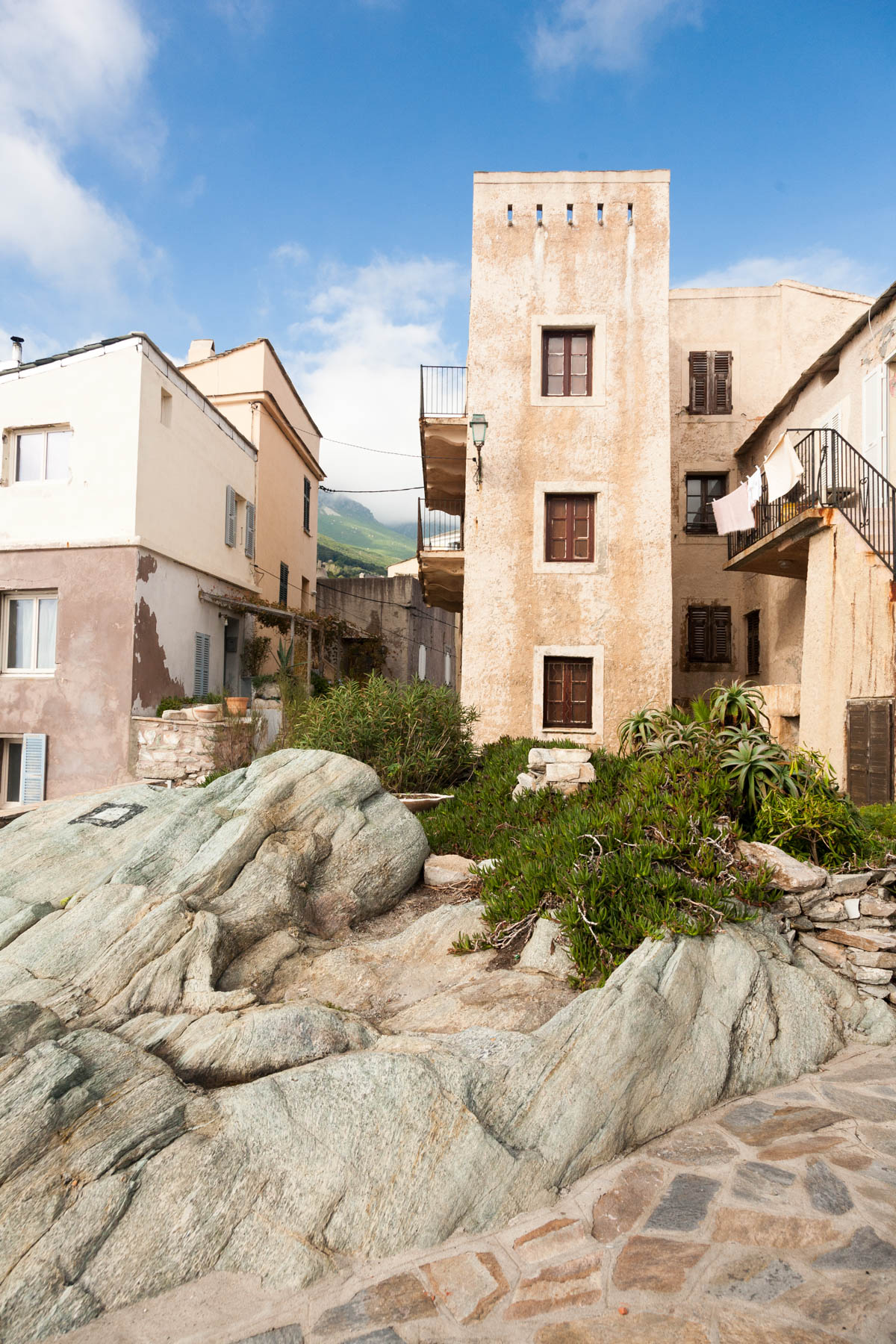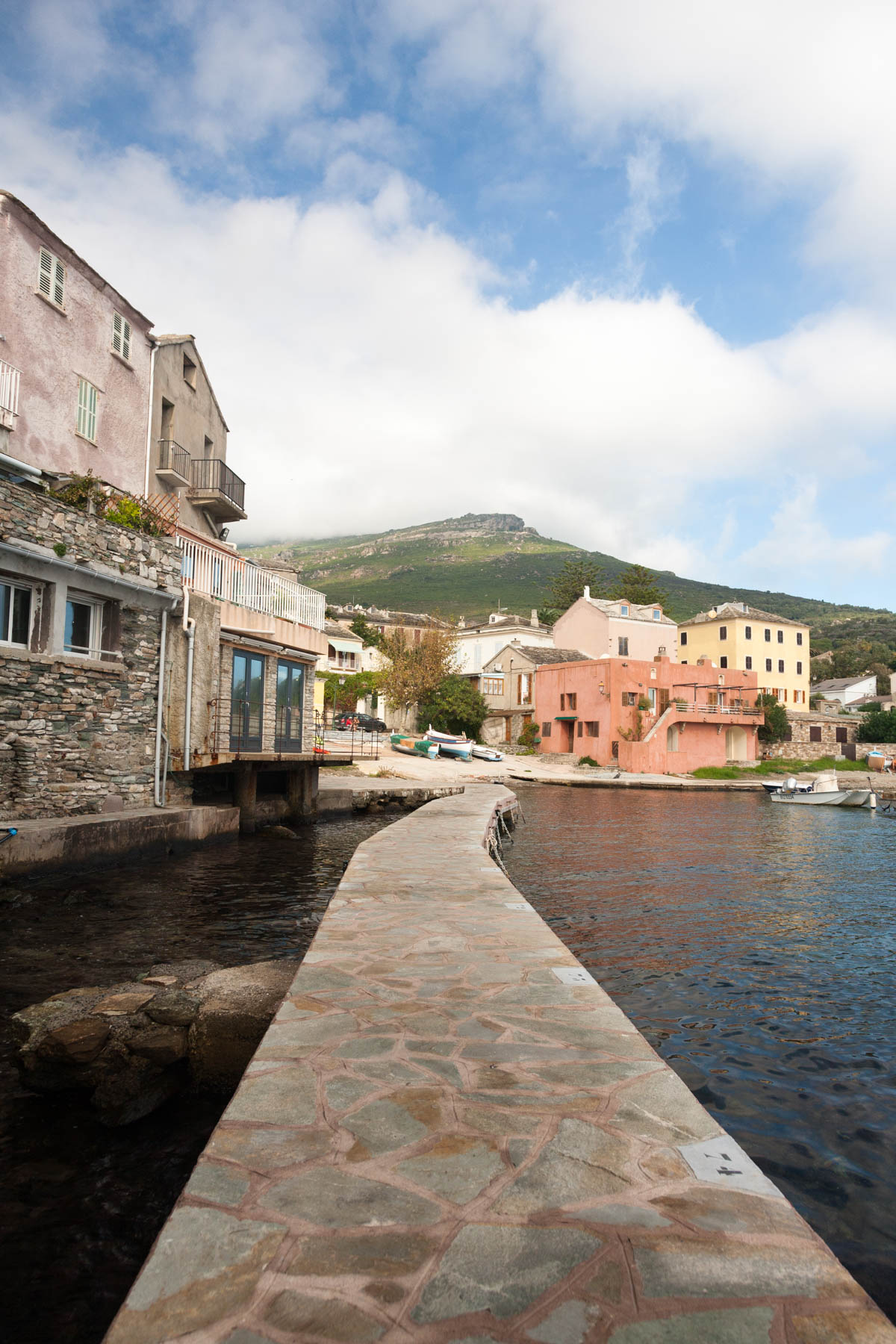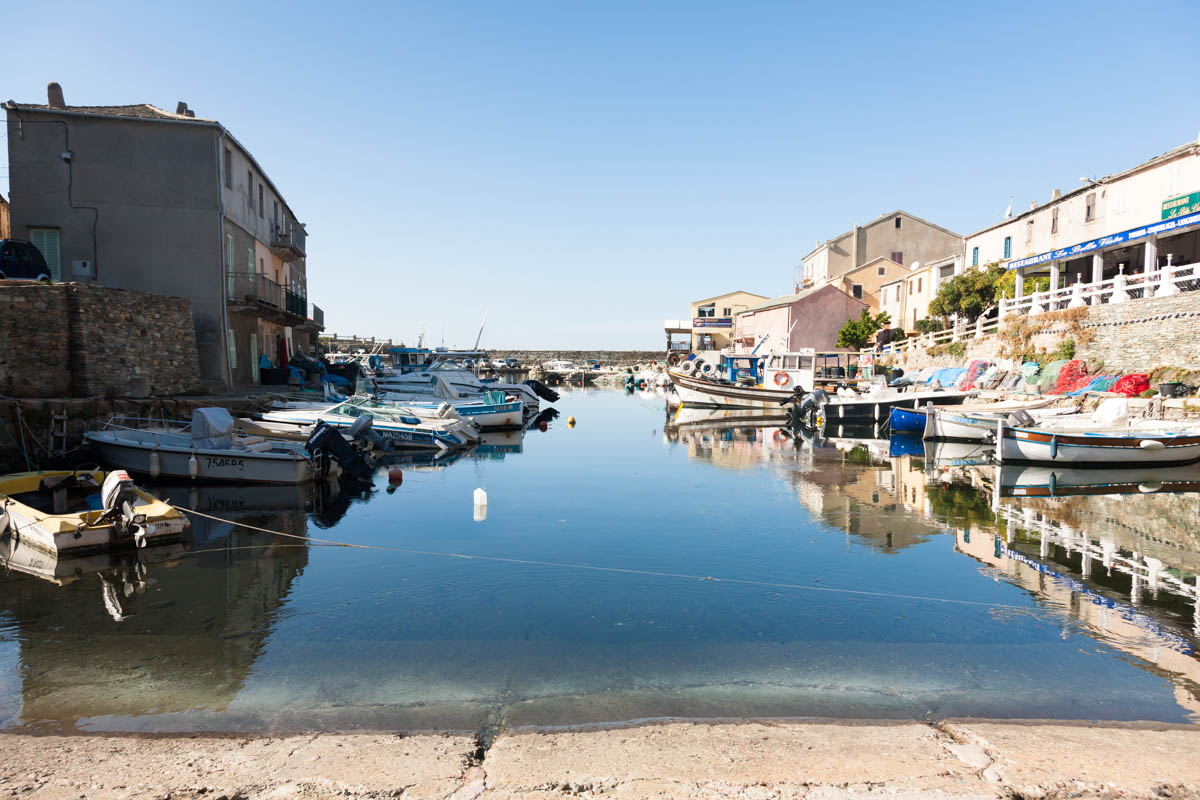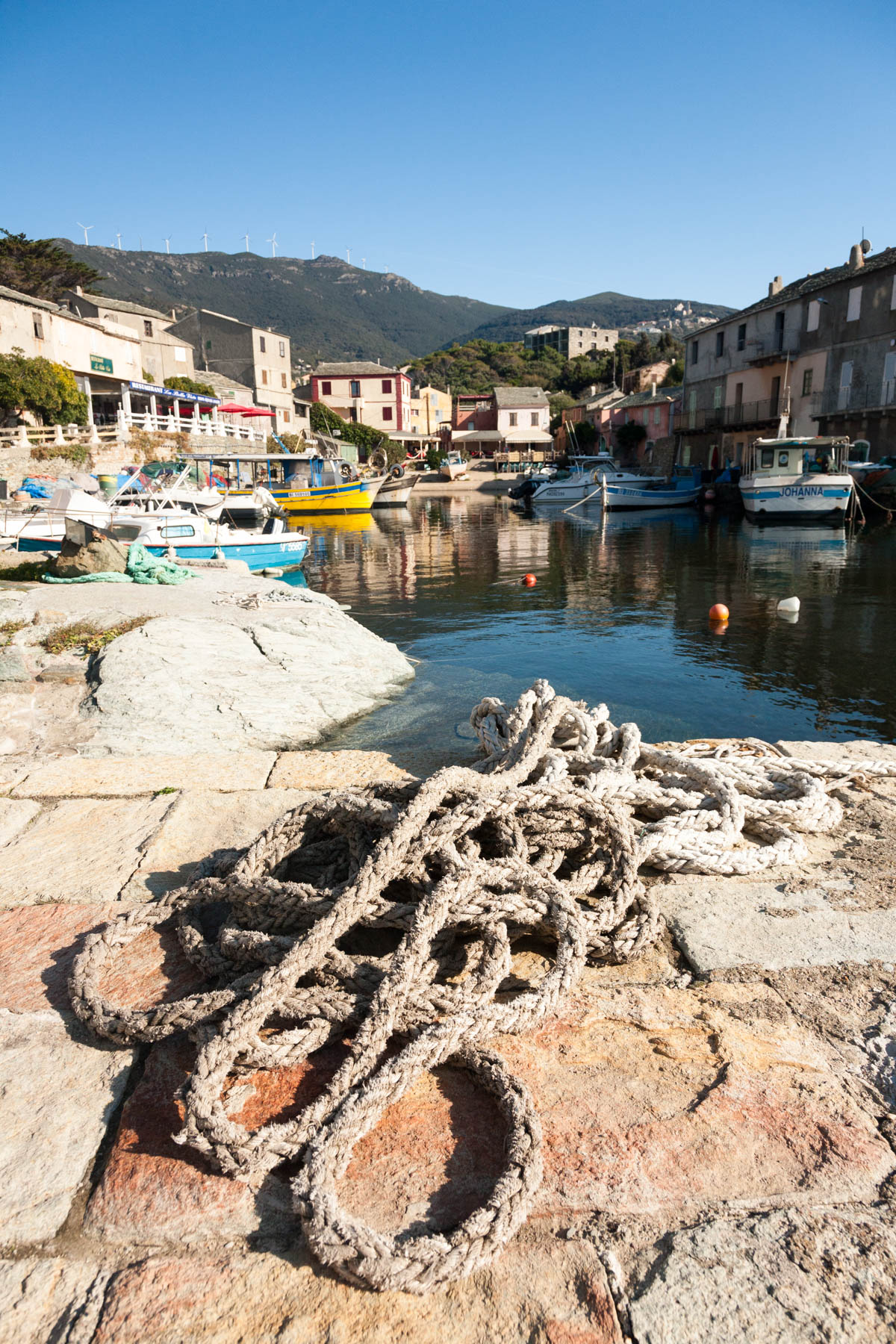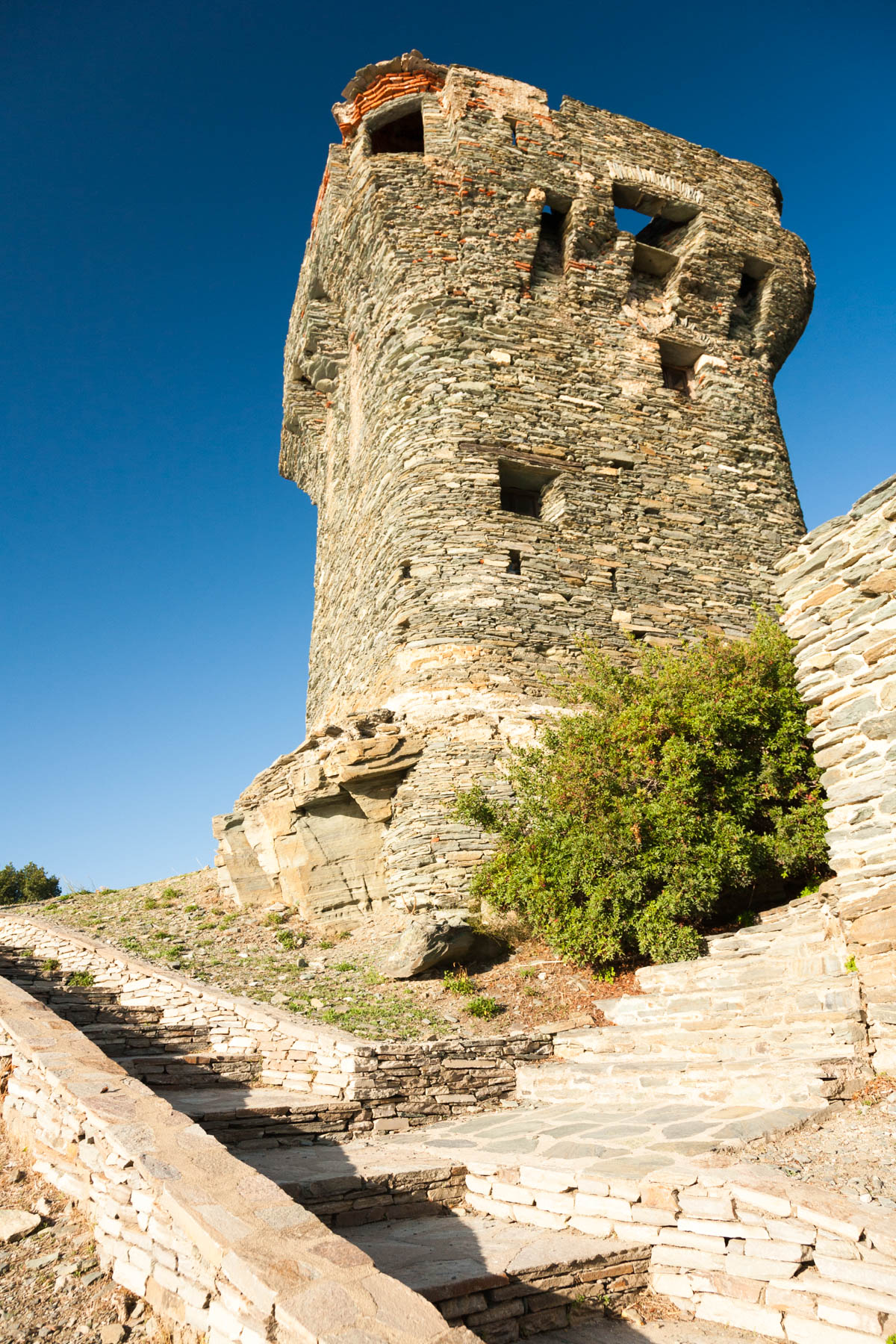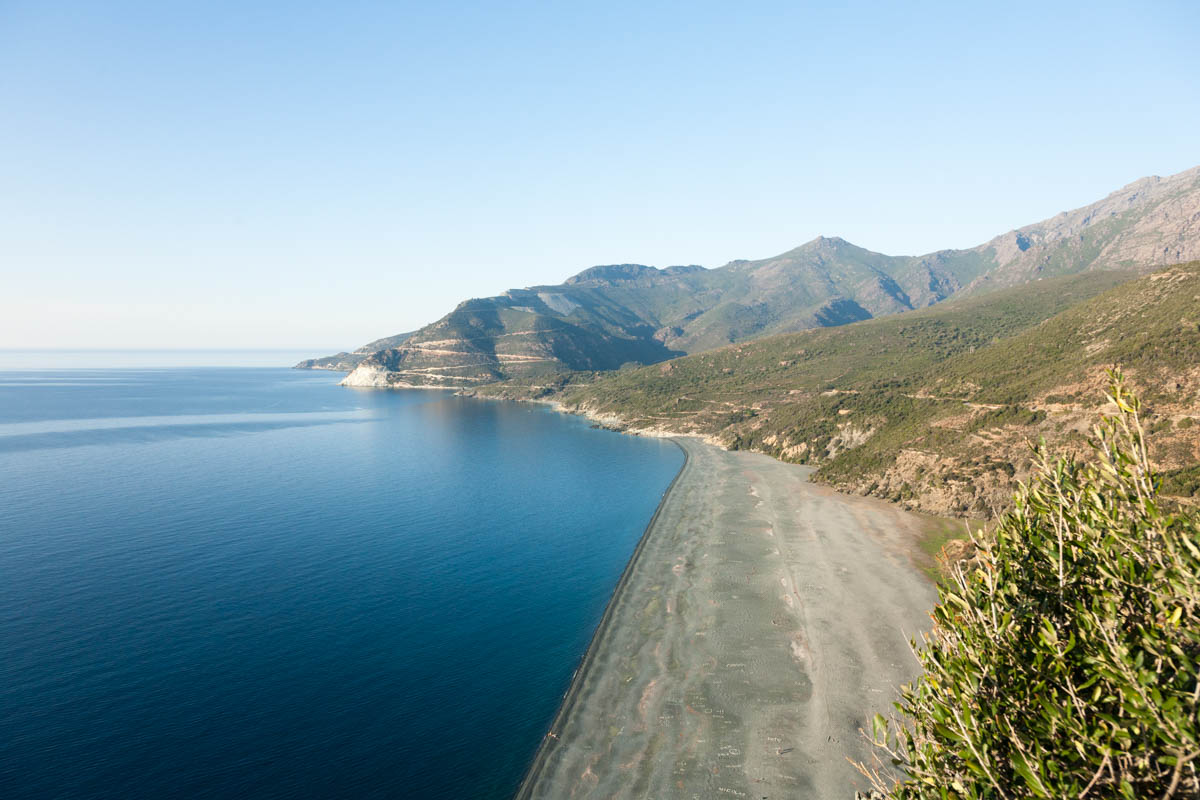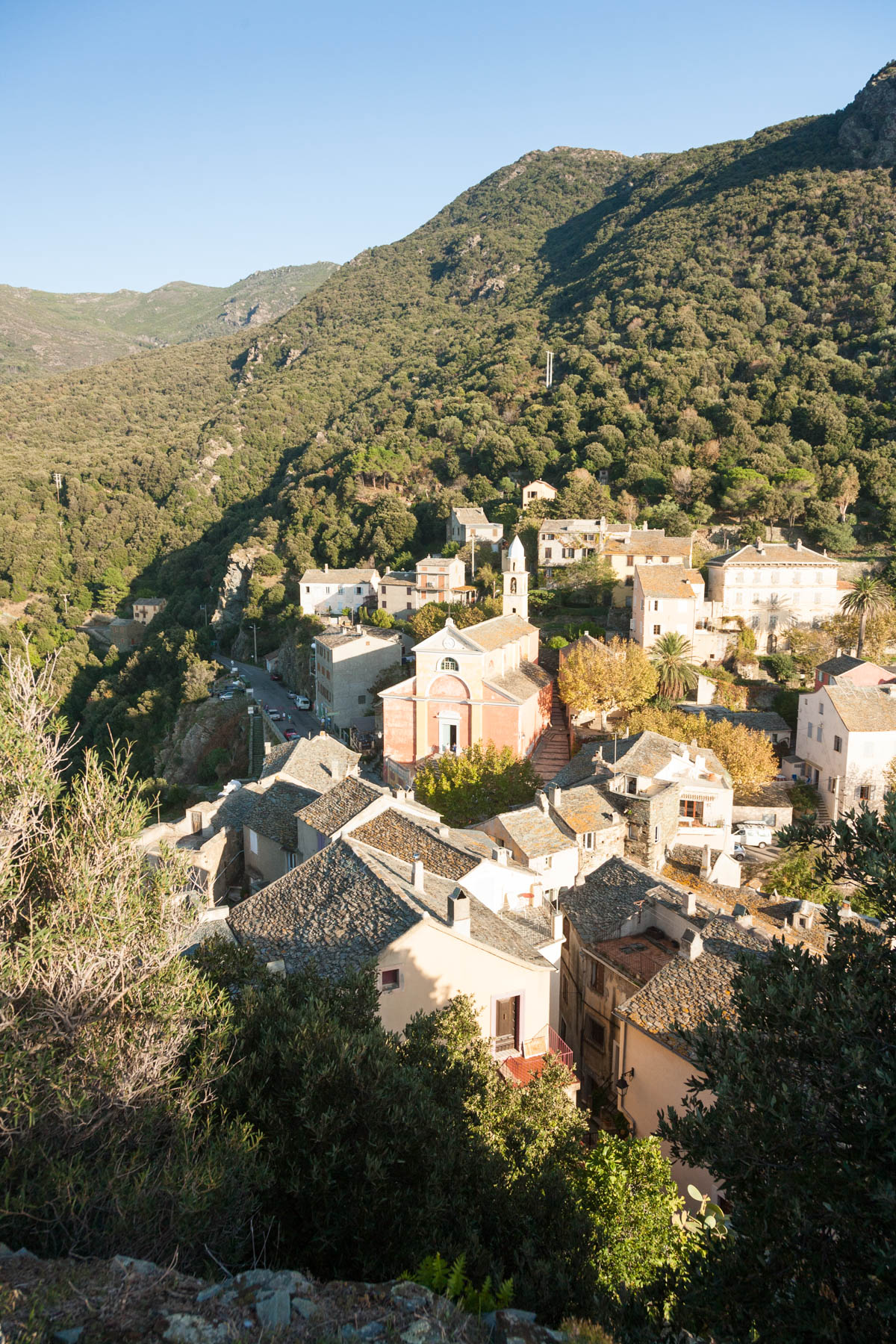You can tell a lot about people by how they handle a car on a ferry.
Taking the ferry from Nice to Bastia in Corsica was eye opening. I was used to UK ferries which operate a strict first in, first out policy, and you are ushered off by the crew in sensibly ordered queues. The Corsican ferry was loaded in the normal manner but things changed once we arrived in port. Around us, people started their engines, even though the ferry was still manoeuvring; this is frowned upon in the UK and I expected to hear an announcement asking people to wait. That didn’t happen.
Briefly I though the handbrake had failed and that we were rolling backwards, however I noticed that in fact the cars on either side of us were reversing and executing complicated 3 point turns around metal pillars and other moving vehicles. We were one of the first cars loaded and we were the last off, we sat there bemusedly as we watched the other drivers jostle and fight to be the first off. It was brutal but there were no collisions that we saw. The crew stood around watching, I think they may have been betting, they certainly didn’t try anything so foolish as to give directions or get in the way.
It was dull of us, but I was happy to let the more impatient passengers leave first; we weren’t in a hurry and we didn’t have far to go. We just had to find our way to the hotel. We had GPS, how hard could it be?
This is the view from the hotel we were staying in, Pietracap in Bastia. This is peaceful and tranquil and perfectly charming. Unfortunately we weren’t there yet.
Some of the roads on Corsica are complicated by the vertical topography of the island. What looks like a short cut on the map may in fact be a narrow, precipitous goat trail not intended for motorised vehicles. It’s important to recognise the difference.
Never having been to Bastia, we didn’t. Naively, trustingly, we believed the GPS when it said to turn here and not there. Cautiously we advanced up a street that became narrower and steeper. We arrived at a cross roads with a clear sign indicating one way up the hill. It was a sharp corner around a tight bend on a tight slope and looked as if it would need some manoeuvring.
Before we could embark a car followed by a van bounced round the corner, flew over the bumpy road and roared down hill past us. Going the wrong way. At speed. Clearly our GPS and our reading of the sign was wrong. So we tried another way that looked promising. This unfortunately led to an incident requiring help from an English speaking local, the loan of their garden to turn around in, gingerly edging around the sheer drop whilst avoiding the boulders, and directions from a French speaking local who, bravely, yelled in terror only once when we drove on the wrong side of the road. We arrived at the hotel sweating and we apologised profusely to the guide.
The english speaking local’s memorable quote before we edge away down the narrow street was “You have a large car!”. We’d begun to realise that the free upgrade from the hire car company may prove to be a liability.
Incidentally this is a handy phrase should you do something embarrassing in France;
Je suis désolé. Je suis Australien.
For some reason, Australians have a poor reputation overseas, which means you can get away with the odd foolish mistake. This works especially well for New Zealanders as most people can’t distinguish the accent.
The next day we set off from Bastia to Corte. We were careful to stick to the main roads wherever possible, fortunately there are some excellent new roads on the island built to try and appease the Corsican independence movement. The National Liberation Front of Corsica keep themselves amused by removing the French spellings for place names and replacing them with the Corsican (Corsu) equivalent. This is similar to the French equivalent so you may still be able to work out where you are going.
We successfully arrived in Corte without incident and set out to Explore. Corte is a small town nestled inland in the mountains with a beautiful old citadel.
This is a slightly closer view of the citadel.
This is a view looking up the valley from the walls of the citadel, there is some good walking going up the valley.
Corte despite it’s size has a university, some stunning walks, and the best restaurant of our trip – Cafe Le Bips. The food was fantastic, with large portions and seemingly endless quantities of chestnut digestif, it’s a friendly student dive and worth a visit. Probably best to walk there.
There was a mixture of older and newer housing in the town. The plumbing in this shot is interesting, I suspect this required some careful bucket work to operate at peak efficiency.
Night shot of the citadel.
We headed up into Gorges de la Restonica. This was a narrow and winding road that we successfully managed to puncture a tyre on. We managed to time this just before a French mechanic was passing, which I can well recommend, as he was happy to assist a couple of hapless Australian tourists. We managed to get back to civilisation on the space saver tyre and spent the rest of the day wandering up the valley by foot which was much less likely to damage the car (we thought foolishly). The valley itself was stunning and peaceful.
As it turns out, in Corsica and France, a parked car is a sad and defenceless creature. Despite there only being one other couple staying at the hotel, our car had a new and prominent dent that was definitely not on the rental manifest. This was to become a recurrent theme of the trip as the poor car was savagely brutalised by haphazard parking (French driving was not to blame, the hotel guests in this instance were Austrians).
We managed to get the tyre replaced at the local garage, there was some concerned looks by the staff as unfortunately they couldn’t match the other front tyre so we had to buy two new ones. Amazing how expensive a moment’s inattention can be, very glad we had some insurance!
As the day was partway through we thought we’d be slightly less adventurous with the roads and go across to Calvi and L’Île-Rousse – this meant we could stick to the main roads, although we did still have some excitement driving through Corte and trying to negotiate steep corners without collecting passing white vans.
L’Île-Rousse was established by Pasquale Paoli as part of the independence struggles against the Genoese in 1758. The Corsican republic at the time was a democracy with the first constitution written under enlightenment principles. This was a model for the later US and French constitutions.
You can see the red porphyry rock which give the commune it’s name in the picture below.
The town itself is very attractive, as the view looking the other way shows. There is a long beach on the left that isn’t shown and the area is popular as a holiday resort. The weather on this day was a touch overcast which adds nicely to the drama.
Interestingly, when we returned to the car we found that an enormous Range Rover had managed to wedge itself into the vacant park in front. Given the size of the park this wasn’t completely feasible and a big portion of the car was sticking out haphazardly into the road. They’d also rammed a perfect hemispherical dent into the front license plate of our car, but at least it was just relatively minor damage.
Discussing how long a life span the poor beast of a rental car was likely to endure in France, we headed onto Calvi which was just down the road.
Calvi is reputed to be the birthplace of Christopher Columbus, who allegedly to have disguised his origin as, at the time, Calvi was very disreputable. Somewhat ironically given Christopher Columbus turned out to be such a nasty piece of work himself.
Calvi is also famous as being the town near which Nelson lost his eye. The town itself is picturesque and worth checking out. You can see a portion of the town in this shot from the citadel walls.
Also quite attractive is this church in the old town.
On the citadel walls was a “10” sign made out of bicycles . I don’t know why, probably Tour de France related but it was cleverly done.
The next day we headed across the island towards Piana to view the Calanques and headed inland across on the D84. This is a stunningly beautiful road that summits near 1500m, and being autumn stretches were covered in horse chestnuts. These make a very satisfying pop as you drive over them (fortunately without destroying tyres). The local pigs loiter around the roadside to eat the vehicle popped chestnuts and have surprisingly little road sense given the other road users.
View from D84 near Col de Vergio, you can see the autumn colours coming through here.
You can see the surrounding terrain and stretches of the GR20 walking route. This is a long distance trail that traverses Corsica from north to south. It’s 180km long with height variation of about 10 000 metres and can be walked in 15 days if you are fit and know what you are doing.
This is another view from the Col de Vergio looking south. Still rugged terrain.
This is a viewing area on the D84 on the way down to the coast, showing a panorama of the surrounding mountains. It’s a stunning road down too and you will want to stop at several points to take it in.
Once we neared the coast, we parked the car and wandered down a trail to admire the Calanques. This area is a protected Unesco site and is quite stunning. There were a few people around and we spent some time to enjoy the area and the views.
Edward Lear described Corsica in 1869 in his book JOURNAL OF A LANDSCAPE PAINTER IN CORSICA;
Those who go to Corsica hoping to study antiquities will be disappointed ; for the manifold charms of classical countries are wanting there ; the long lines of Grecian plains, so crowded with spots full of historic and poetic memories, vast and beautiful remains such as those of Sicily, Syria, or Egypt, do not exist in it ; neither will he find the more modern beauties of architecture, the varied forms of tower or castle, mosque, cathedral, or monastery, with which Albania or Italy abound. On the other hand, the ever varying beauties of light and shade in mountain and valley, the contrast of snowy heights and dark forests, the thick covering of herb and flower, shrub and tree, from the cyclamen and cystus to the ilex, oak, beech, and pine, these are always around him, and he will find that every part of Corsica is full of scenes stamped with original beauty and uncommon interest,
Equally will the tourist through the Corsica of our days fail in finding any-thing of romance there, except in the traditions of the past. If it were, in travelling through Calabria twenty years since, a disappointment to find no pointed hats, and no brigand costume, how much more so is it to find that Corsica, once the very fountain-head of romance, no longer possesses any, that you may walk from Capo Corso to the Straits of Bonifacio in the undis-turbed monotony of security, and that all gloomy atmosphere of risk and danger has for years past been dispersed by the broad daylight of French administration and civilisation, With old customs and costumes, mystery and murder have alike disappeared from the Corsica of 1868.
Likewise we found no bandits.
The next stop from Corte was Ajaccio to visit Maison Napoleon which was Napoleon’s birthplace. The museum is not huge but contains a number of artifacts, paintings and some careful restoration work. I enjoyed the visit and was interested to see this phrenological chart of his salient features. Napoleon had a complex relationship with the Corsican independence movement and was eventually forced to flee the island in 1793 with his family.
From Ajaccio we moved onto Bonifacio where we were based for the next few days. Arriving late in the evening we stayed at Hôtel du Golfe in Lieu dit Santa Manza just out from Bonifacio. This was a very friendly family hotel and restaurant and they looked after us very well. The car park was enormous and the car survived it’s stay with no damage, remarkably.
French traveller and historian M. Valéry visited Corsica in 1837 he complained about the quality of the tourist accommodation and suggested that
“To affect any reform in the detestable and infrequent inns of Corsica, it must be visited by the English and even they will have enough to do. But, as in Italy their efforts have had success, so, too, here they may chalk their complaints on all the walls of the rooms, inscribe their names even in the landlord’s own book with anathemas against his hotel and become, by their shouting, their noisy scenes and their multitude of followers, the terror of the establishment.”
This is perhaps a forerunner to the services offered by tripadviser, google, et al. Happily everywhere we stayed, we were well looked after, however the Hôtel du Golfe was particularly welcoming.
I took a some low light shots in the evening wondering around the Hotel and it was very tranquil; looking down the road.
And looking across the bay at the beautiful colours in the water.
Bonifacio is beautiful from the water and we took a short boat cruise the following day; the water and the cliffs were stunning. From the south the town is perched at the top of steep cliffs, and there is a precipitous staircase called L’Escalier du Roi d’Aragon and it is possible to climb down to the well near the bay for a small fee.
We wandered around and enjoyed the view within and around the town. This shot shows a players point of view in a game of Pétanque which I interrupted during a break in the game while the players retreated from the sun to enjoy some wine in the cafe.
Space is at a premium inside the town walls,
And outside the town there is a crowded crypt.
There was beautiful views from the town out across the water looking to Sardinia during the day;
And during the sunset in the evening; I like the colours in the water reflected from the clouds and the two small sail boats.
The cliff walls themselves are beautiful seen from the town in the evening;
From Bonifacio we returned to the hotel Pietracap in Bastia.
Bastia itself is a beautiful town but had just been invaded by a cruise ship so was busy with tourists. We wandered around and managed to get some nice shots of the harbour.
The following day we toured around Cap Corse, the north cape of Corsica. In Brando there was a scenic ruined Genoese watch tower, Tour d’Erbalunga, dating from when Corsica was controlled by the Italians.
It’s in a beautiful setting and is still reasonably intact.
The surrounding village is quite beautiful.
The local harbour is peaceful and I believe, judging by the gardens, this may well be a retirement village for elderly French people.
We headed north to the Port of Centuri which was stunning, although difficult to get do being at the bottom of a steep cliff road with several switch backs. Always interesting when the GPS states “Do a U-turn, then do a U-turn”. This was a phrase we became very familiar with on Corsica.
James Boswell visited Port Centuri in 1765 and was warned that if he attempted to debauch any Corsican women he “might expect instant death.”. These words ring true today!
The other view back up the harbour looking at the hillside. I was very careful to ensure that I was taking photo’s and not debauching in any way, shape or form.
Further up the coast we stopped briefly at the Tower of Nonza which has to have one of the best stories of military chutzpah;
The tower of Nonza is famous for its siege in 1768, during the war between Pasquale Paoli’s independent Corsica and France. The troops protecting the village of Nonza had been taken prisoners by the French forces north of the village, but the commander of the troops had remained in the tower. It is said that he managed to make the French troops believe in a fierce resistance during the siege, so that the latter would agree in his conditions for surrender, that were to let him join the rest of Paoli’s troops, and to grant him the military honours. When he came out alone of the tower, the French commander, stunned, asked where the troops were. He is said to have answered : “here is the commander and the troop”.
Having looked at the tower from below I would be very reluctant to assault it. I would be quite happy to calmly lay siege until the defenders surrendered. Oui, mon capitaine, il ya des centaines de soldats ennemis…
There is a good view around the coast from the tower; beyond the headland is an old asbestos mine.
The village is perched on the side of a steep hill like many of the towns in Corsica. You know it is a Corsican village when the main (and only) through road has switch backs.
Inside the town is a small but pretty church;
The return journey to Bastia was over a low mountain pass, the road looked to be a reasonable size however we had not planned for the clouds to roll in and engulf the mountains in fog. Nor had we expected to encounter the rally of Corsica, coming down the mountain, the other way, at speed. ON THE WRONG SIDE OF THE NARROW ROAD. To be fair, they were not actually rallying, but were instead travelling onto the next stage. However this was petrifying enough that when we finally made it onto the ferry we were greatly relieved. Incidentally, the rallying video in the link shows a good sample of Corsican roads and driving.
At this point I should also mention that the wines on Corsica were uniformly good and very reasonable. It is cheaper to drink wine on Corsica than almost any other beverage. This is very good for the nerves and helps you to relax, such that you can face the next days driving with equanimity.
